
Are you prepared to advance your sewing abilities? Gaining proficiency in fundamental sewing techniques can improve the caliber and expertise of your work, regardless of your level of experience. Some essential sewing techniques to expand your skill set, ranging from simple stitches to intricate methods, are as follows:
Straight Stitching: The fundamental stitch in sewing, the straight stitch is used to precisely join fabric pieces. Sew straight lines on scrap fabric to increase your consistency and control. You can tailor the stitch on your sewing machine to suit various fabrics and projects by varying the stitch length.
Backstitching: Use backstitching to reinforce the start and finish of your seams. This method strengthens your seams and keeps the stitches from coming undone. Just a few forward stitches, then turn the thread and stitch back over the same stitches to continue sewing.
Zigzag Stitch: This professional-looking stitch keeps your seams from fraying and is perfect for finishing raw edges. Use it as a decorative stitch or along the seam edges. Try varying the stitch widths and lengths until you get the ideal zigzag for your project.
Basting Stitch: Once permanent stitching is in place, basting stitches, which are temporary stitches used to hold fabric layers together, are easily removed. More control can be achieved by hand basting, particularly when handling delicate or slick fabrics. As an alternative, for speedy basting, use the longest stitch length available on your sewing machine.
Topstitching: Use topstitching to add ornamental or practical stitching to the project’s surface. This method creates visual interest in addition to reinforcing seams. To get the desired effect, experiment with different stitch widths and colors of thread.
Gathering: Create soft gathers or pleats in fabric to add fullness and dimension to your garments. Use a long basting stitch along the edge of the fabric, then gently pull the bobbin thread to gather the fabric to the desired width. Distribute the gathers evenly before sewing them into place.
Understitching: Use understitching to create facings and linings that look professional. In order to keep the seam allowance from rolling to the outside of the garment, this technique entails stitching it to the lining or facing. Your project’s interior will have a smooth, polished finish as a result.
Blind Hem: Use the blind hem stitch to make almost invisible hems on clothing. With this method, the right side of the cloth only has tiny, hardly noticeable stitches because the majority of the stitches are hidden on the wrong side. Although it takes time and accuracy to master, this method yields hems that are exquisitely finished.
French Seams: French seams provide a neat finish on the inside of your clothing and eliminate raw edges. This method creates a clean, long-lasting seam by encasing the raw edges inside the seam allowance. It works well with sheer and light-weight textiles.
Acquire the skill of pivoting and turning to effortlessly sew corners and curves. Once you get to a corner, stop sewing with the needle down, raise the presser foot, turn the cloth, lower the presser foot, and carry on. To create rounded corners, slowly turn the cloth with a constant seam allowance.
You’ll increase your creative potential and produce projects that look professional by learning these fundamental sewing skills. These abilities will be very helpful to you in your sewing endeavors, whether you’re sewing clothes, accessories, or home decor. As you consistently practice and try out various materials and projects, you’ll see an improvement in your sewing abilities. Enjoy your stitching!

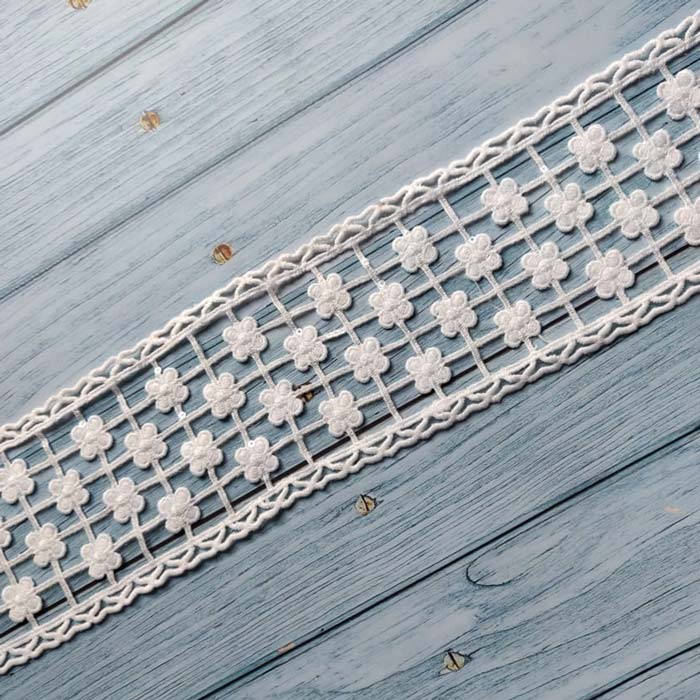
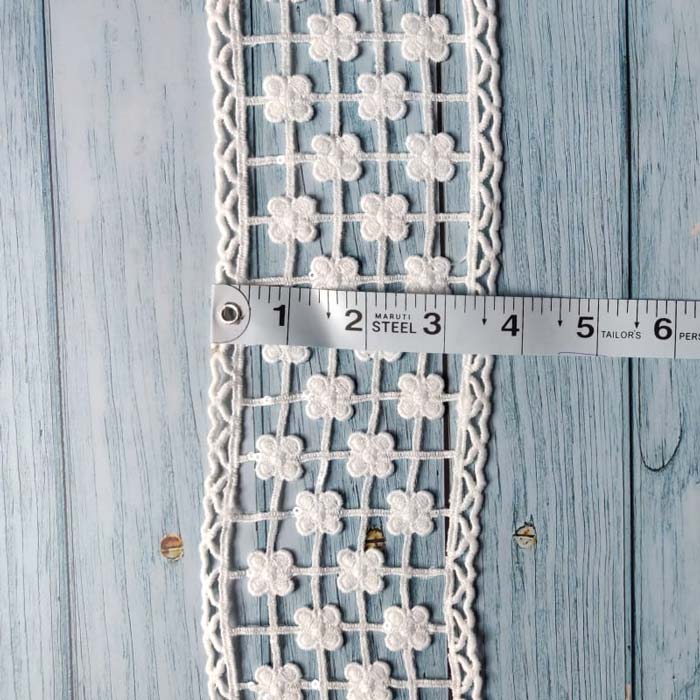
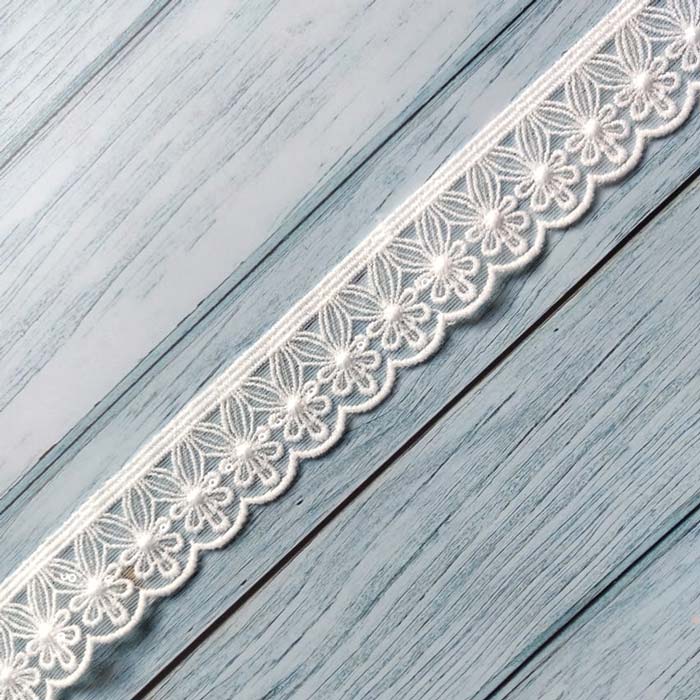
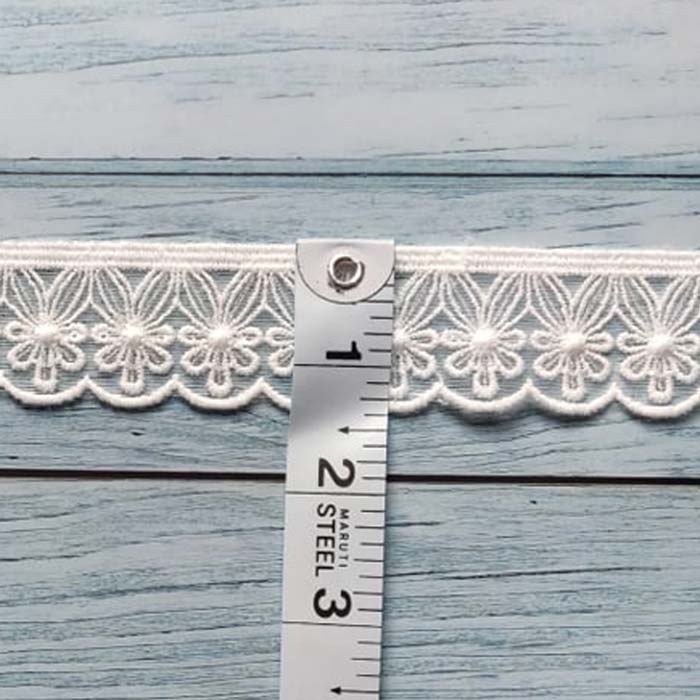
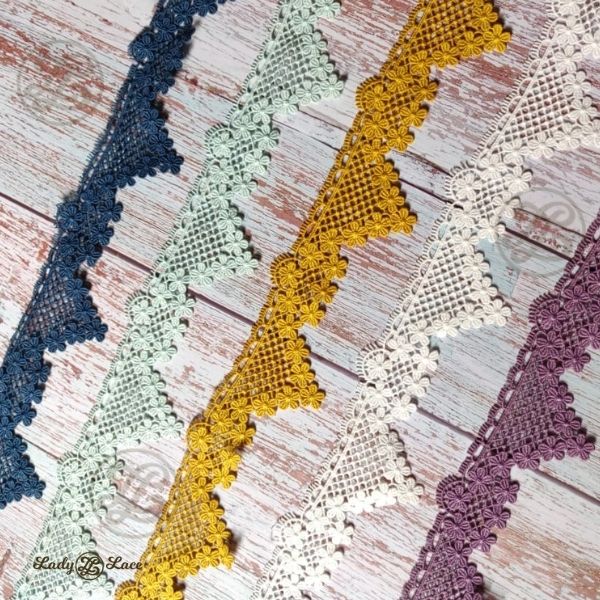
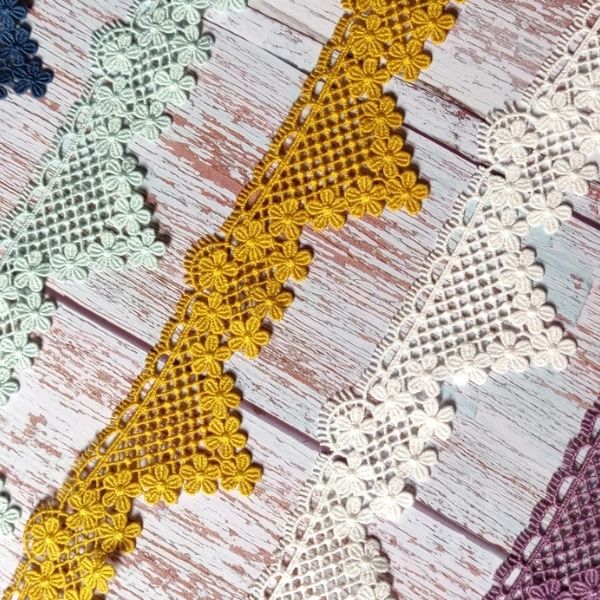
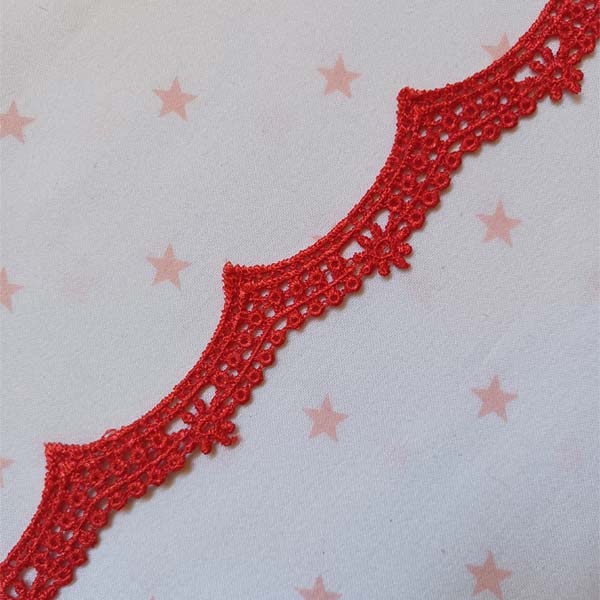
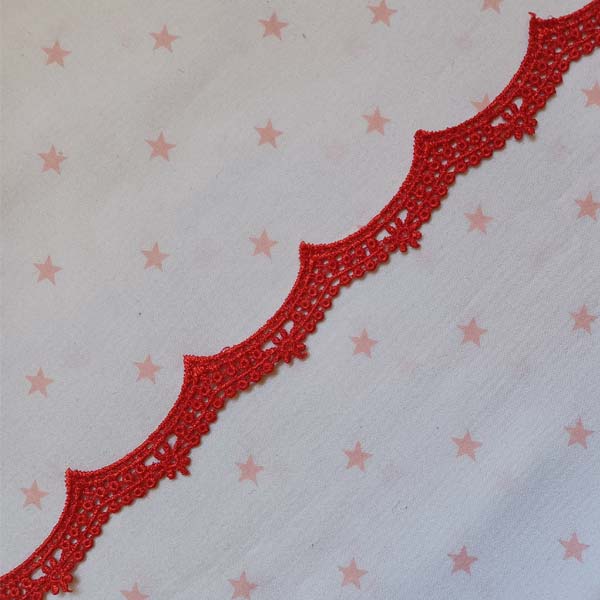
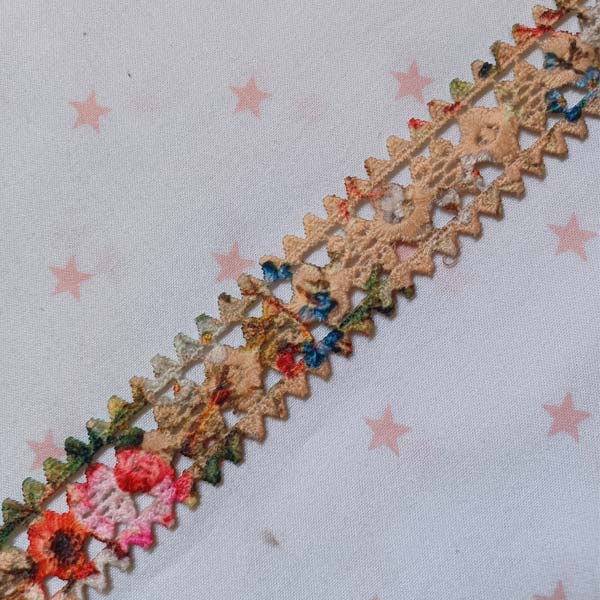
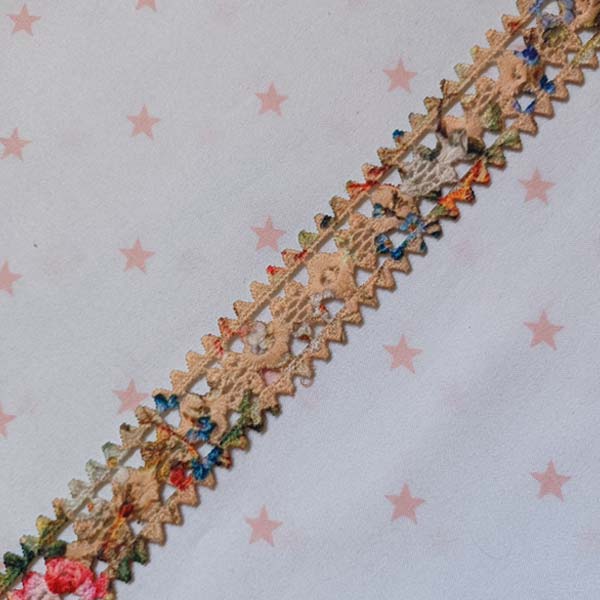
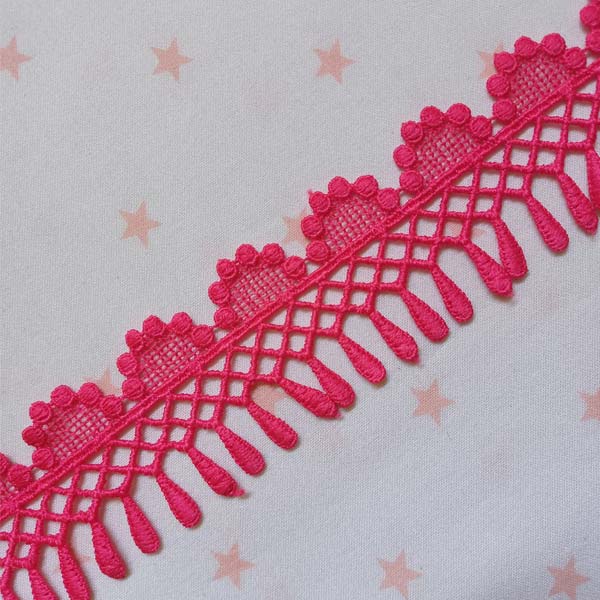
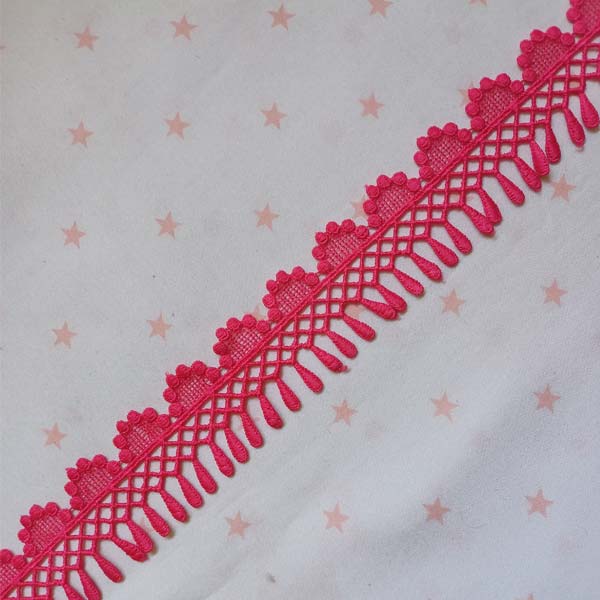
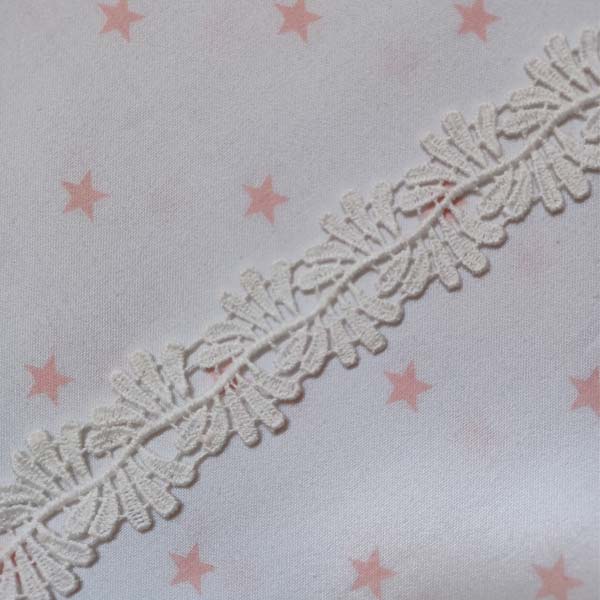
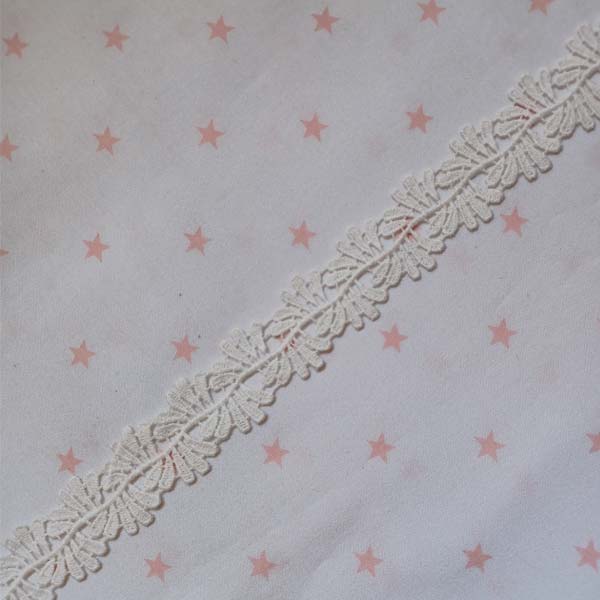
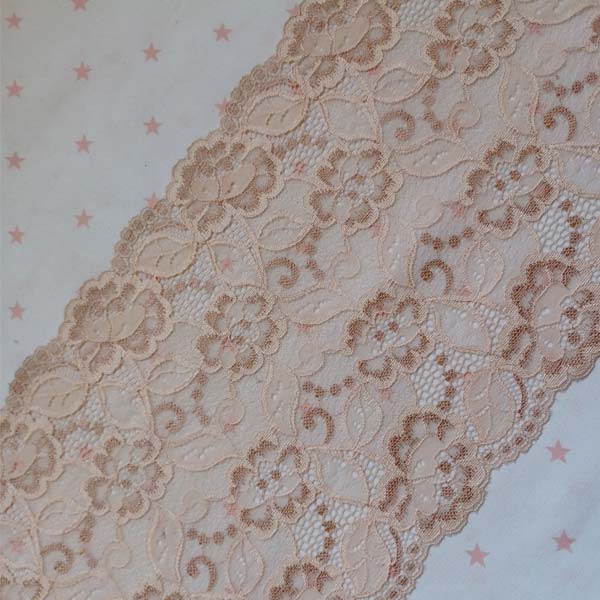
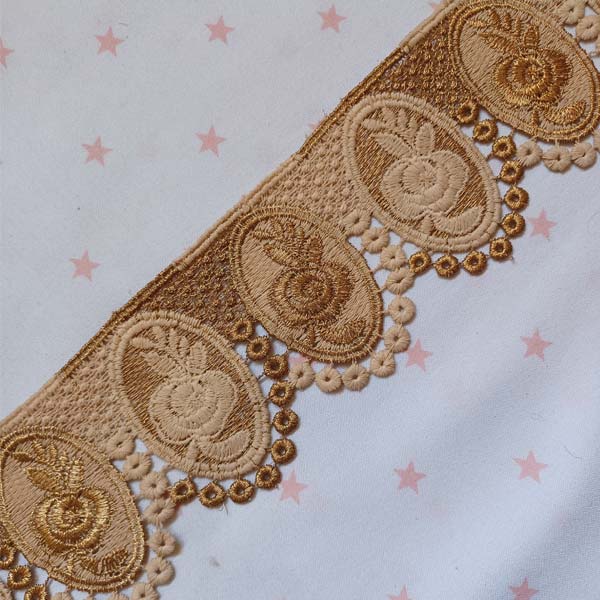

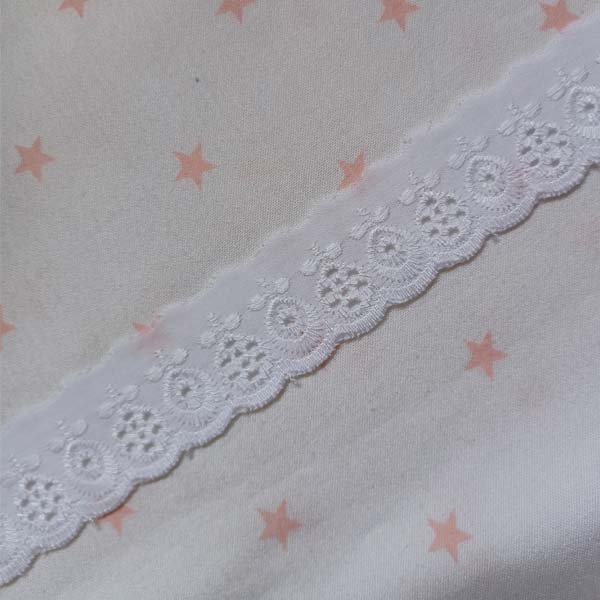

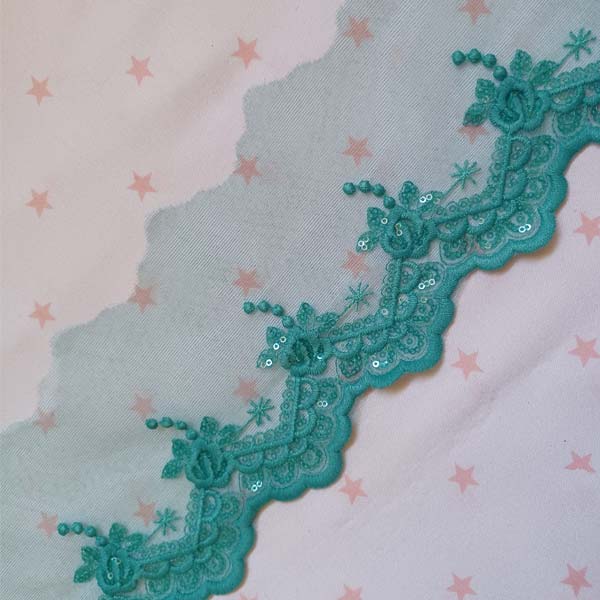
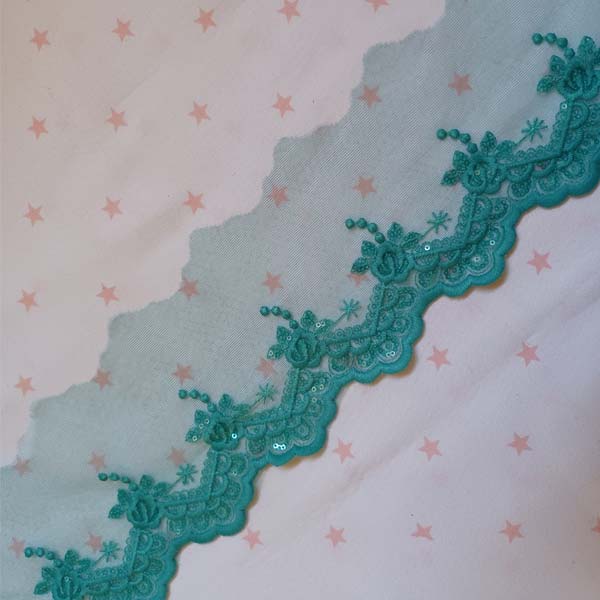
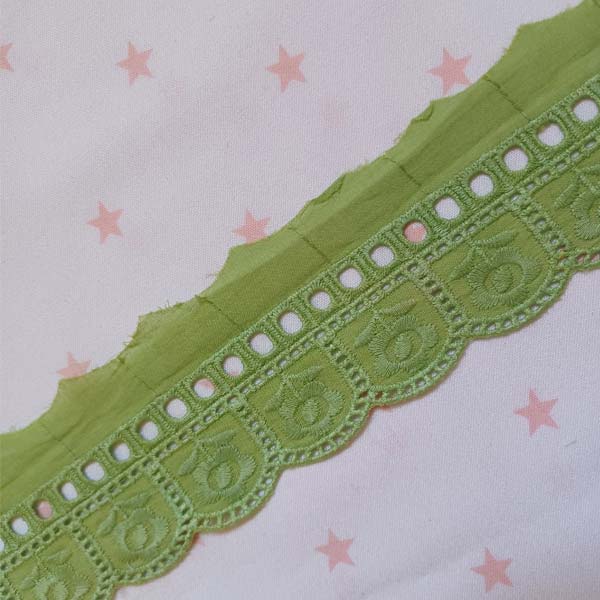
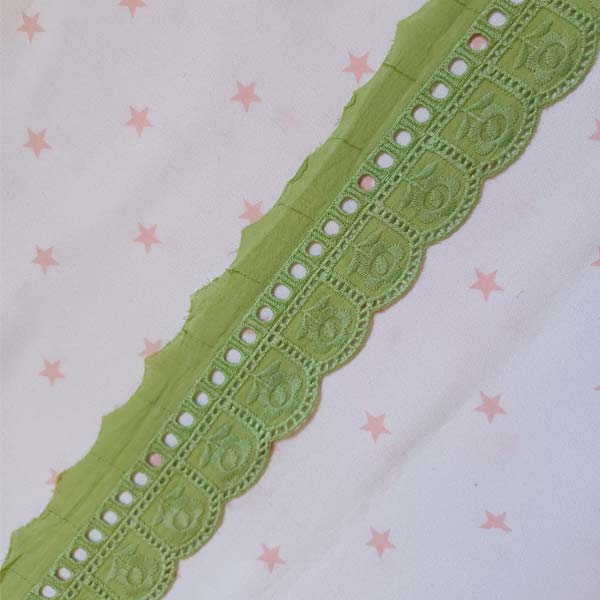
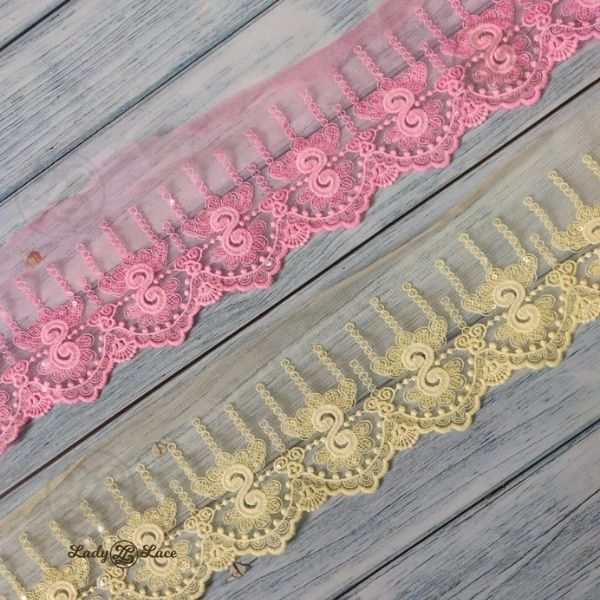
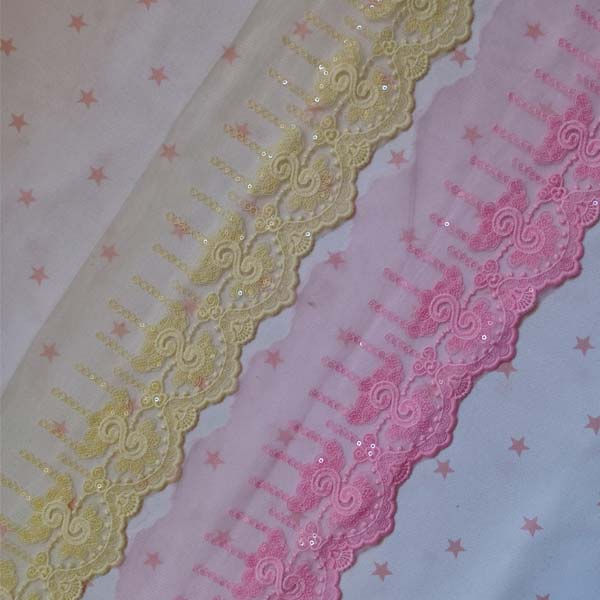
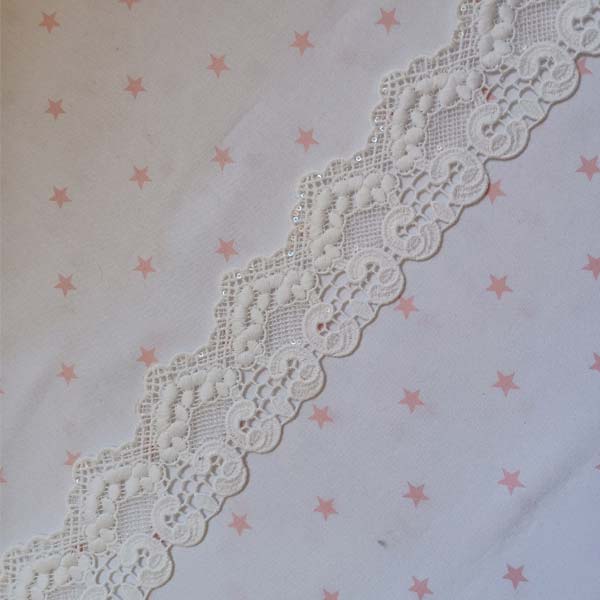
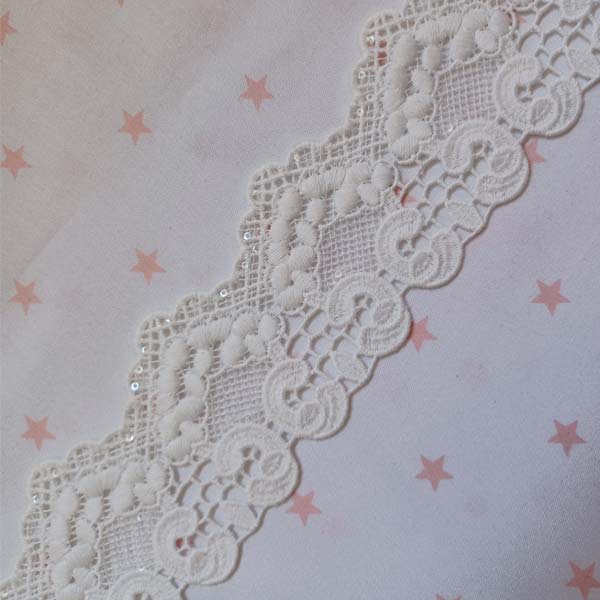
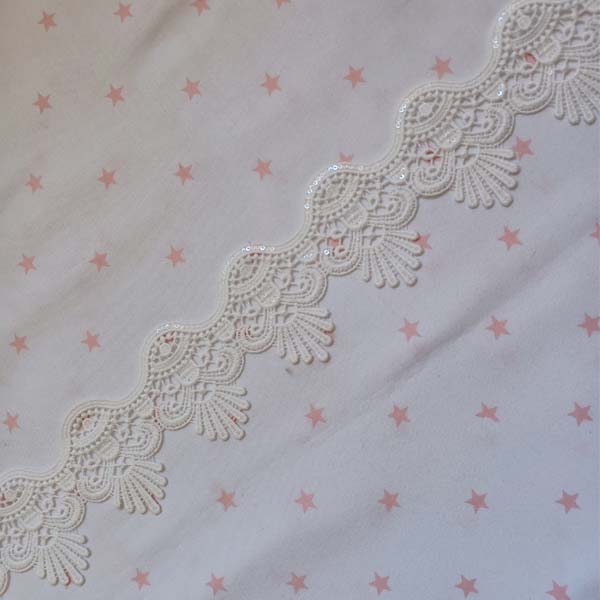
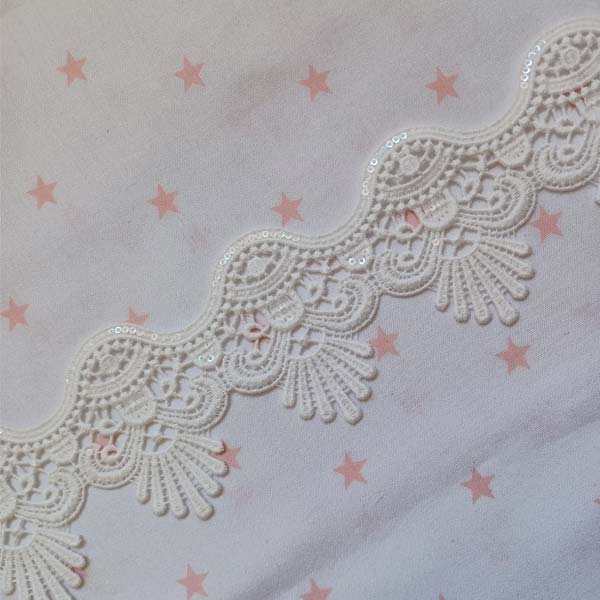
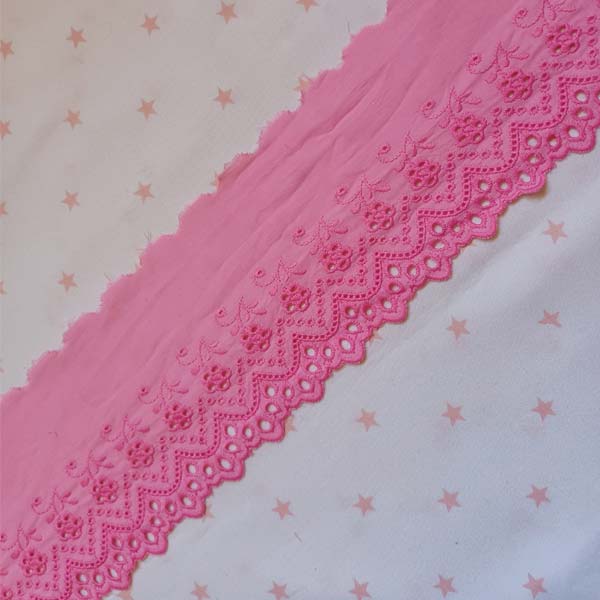
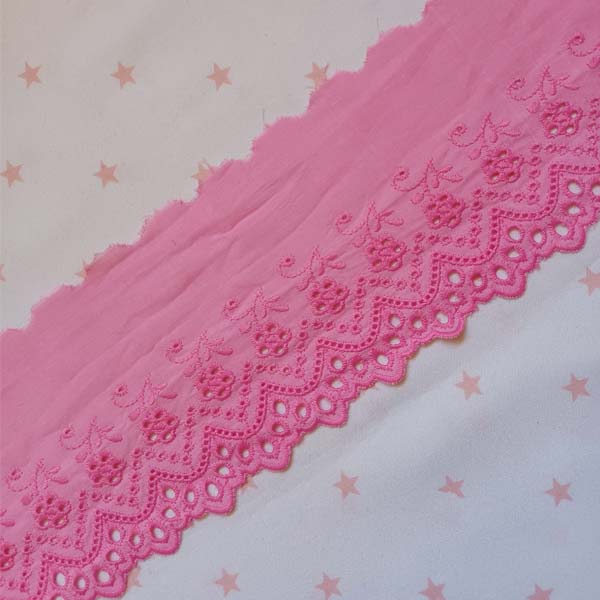
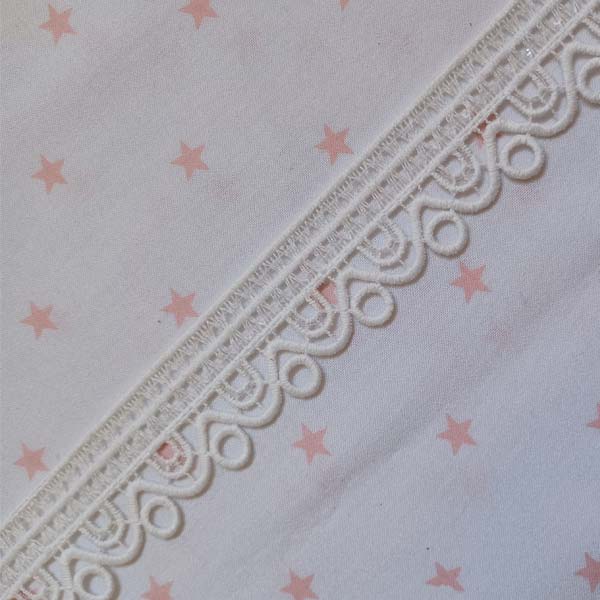
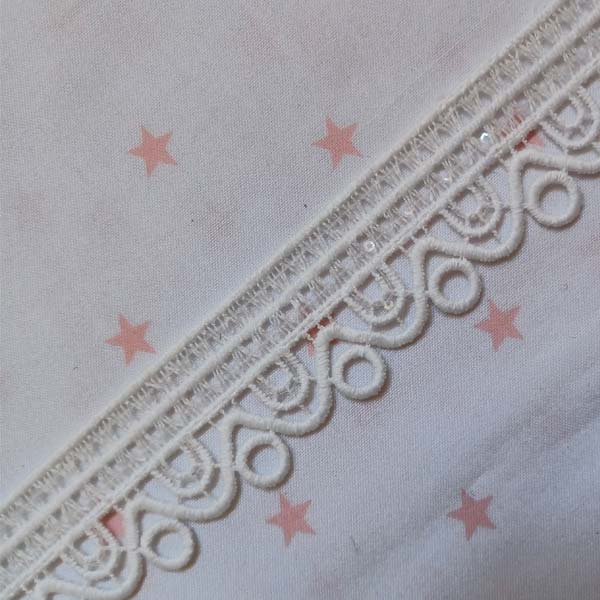
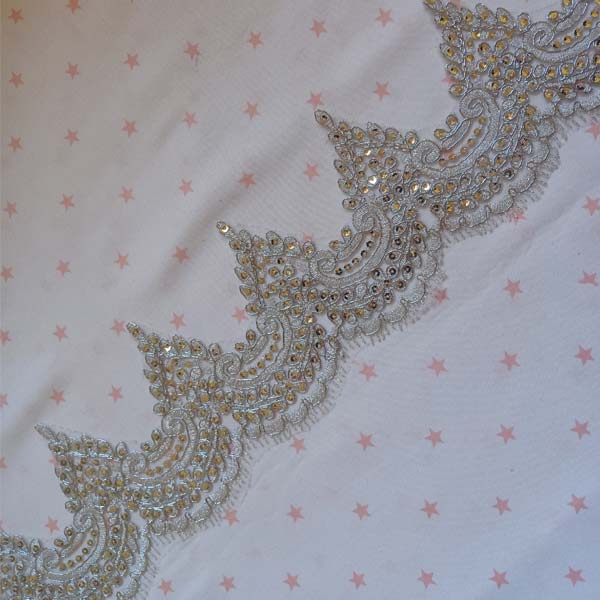
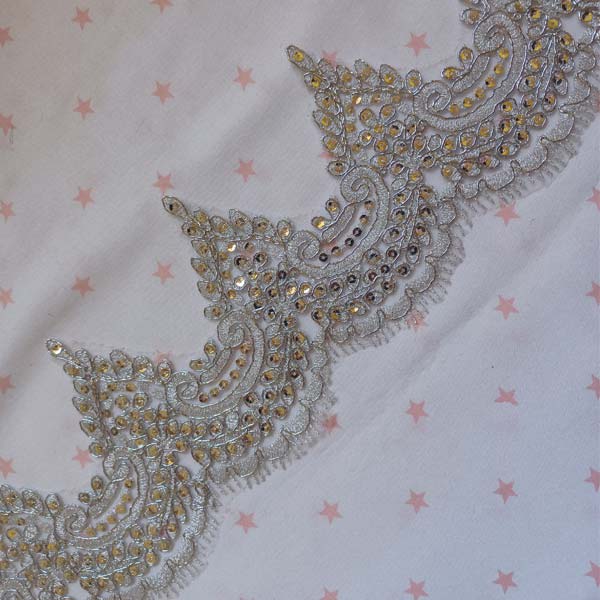
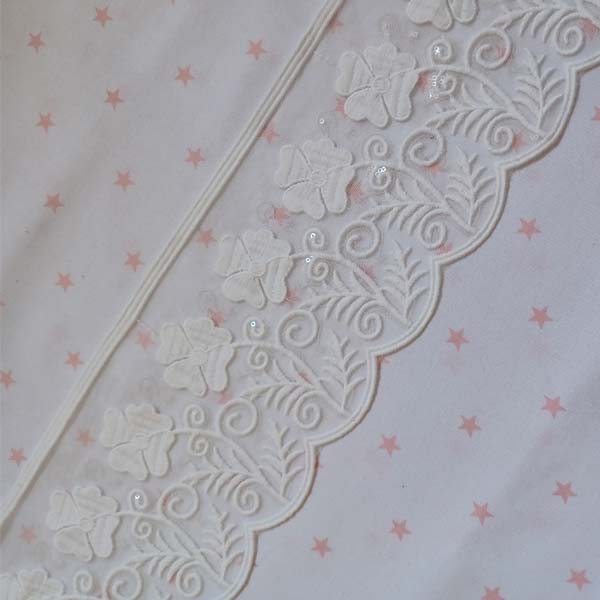
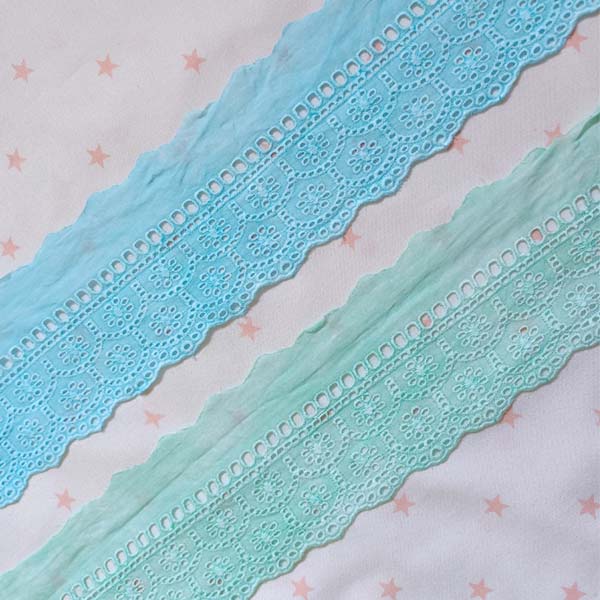
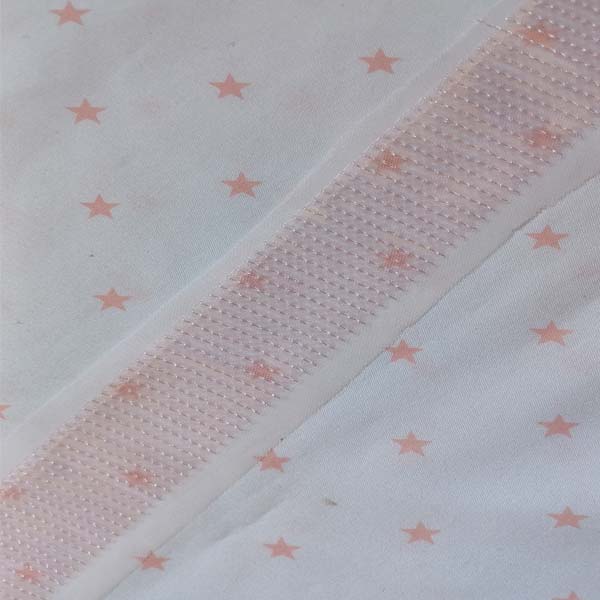
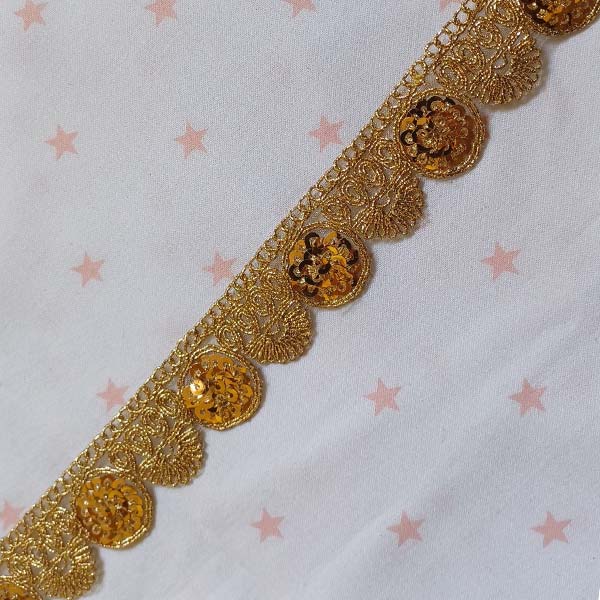
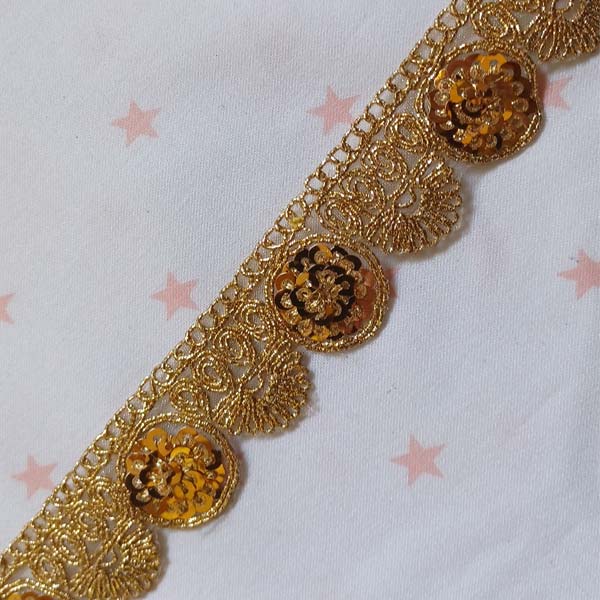
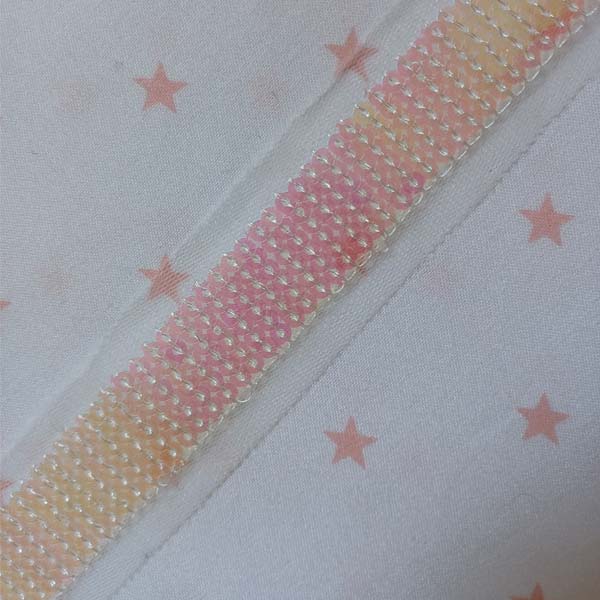
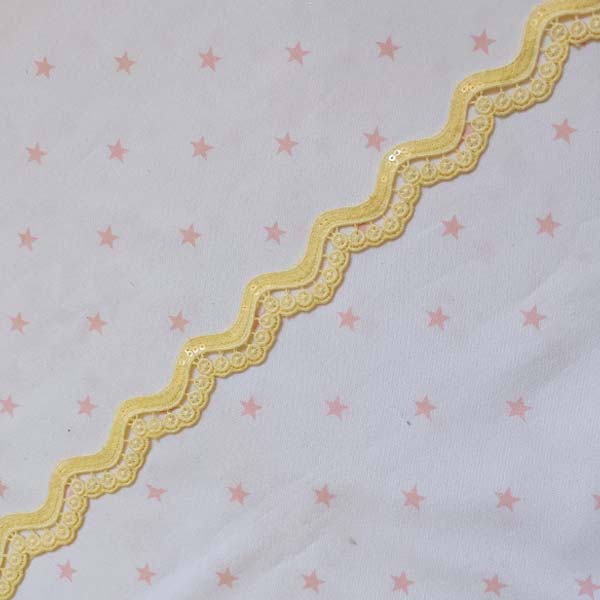
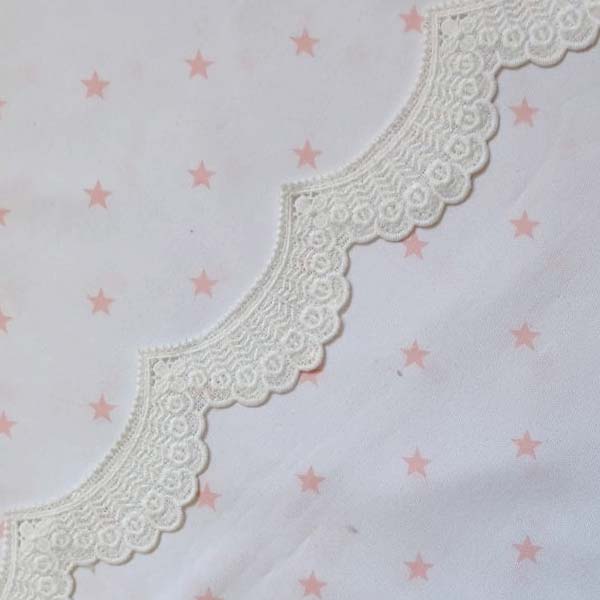
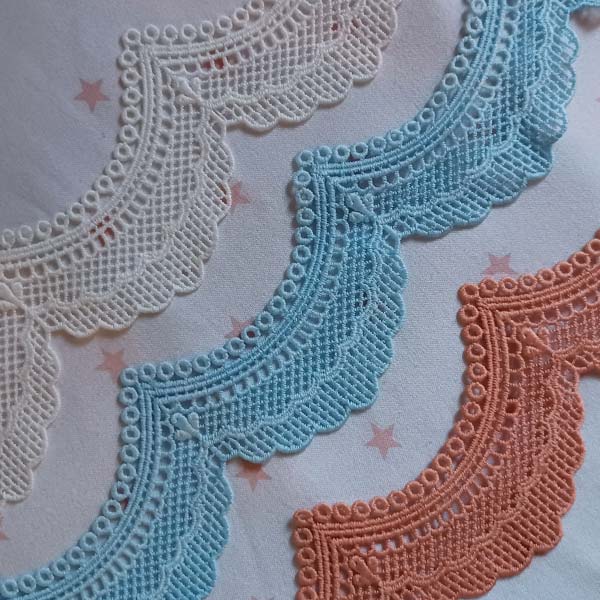
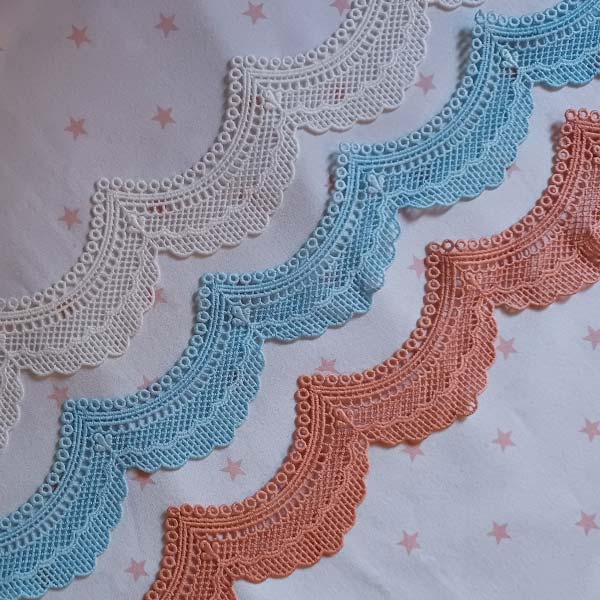
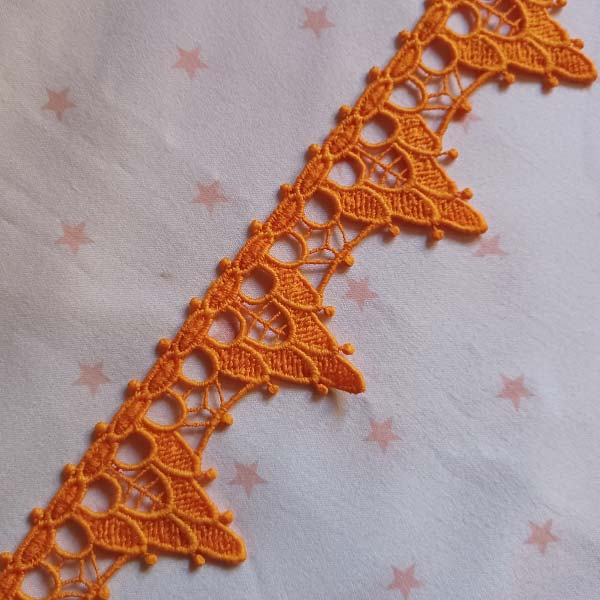
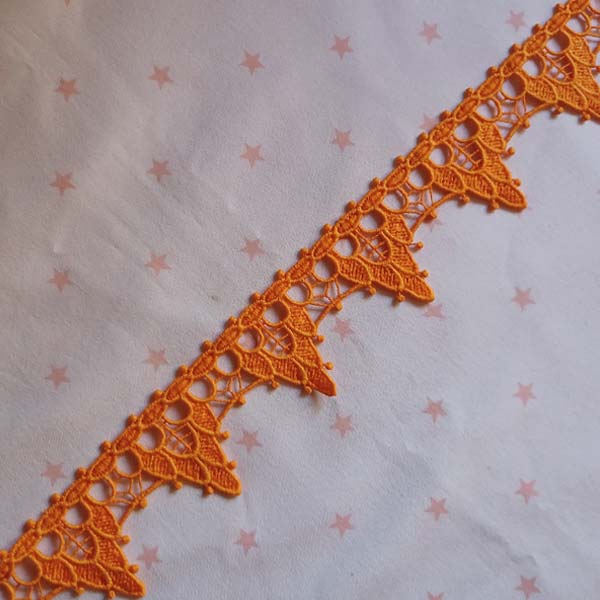
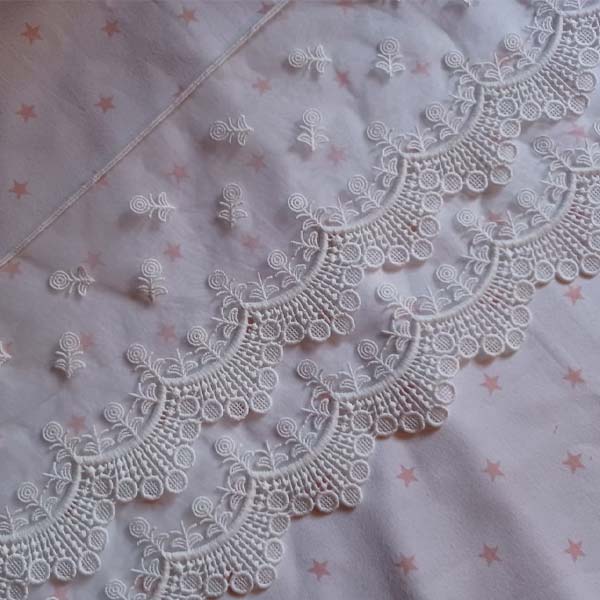
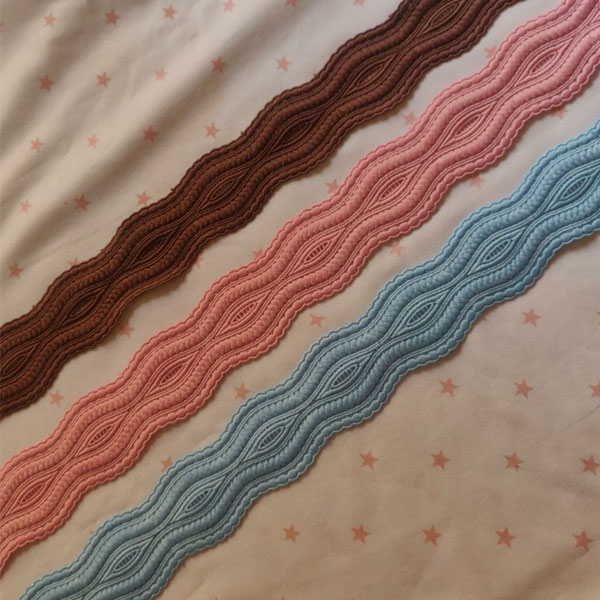
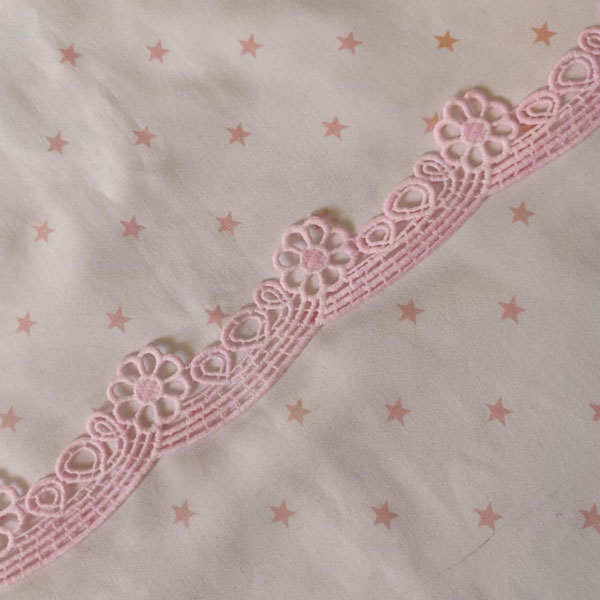
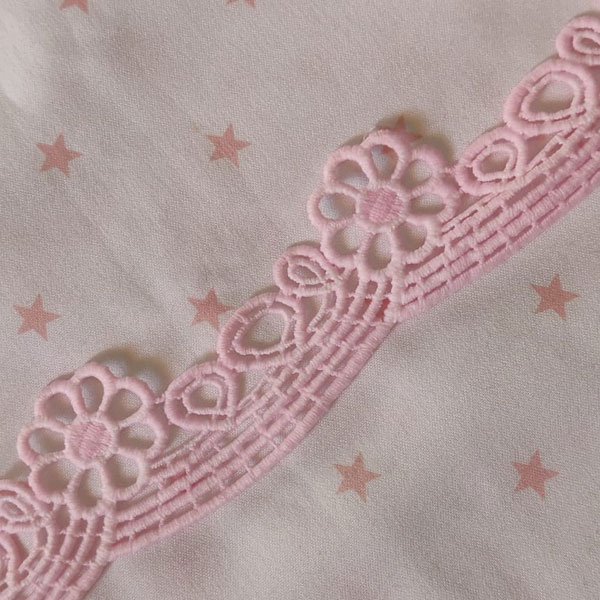
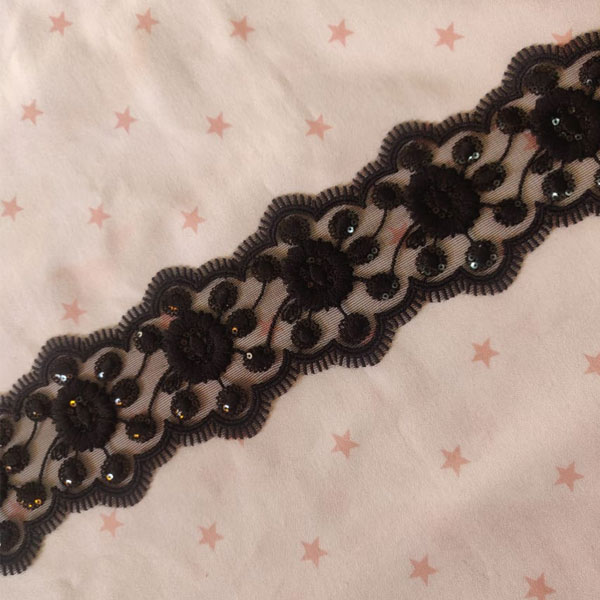
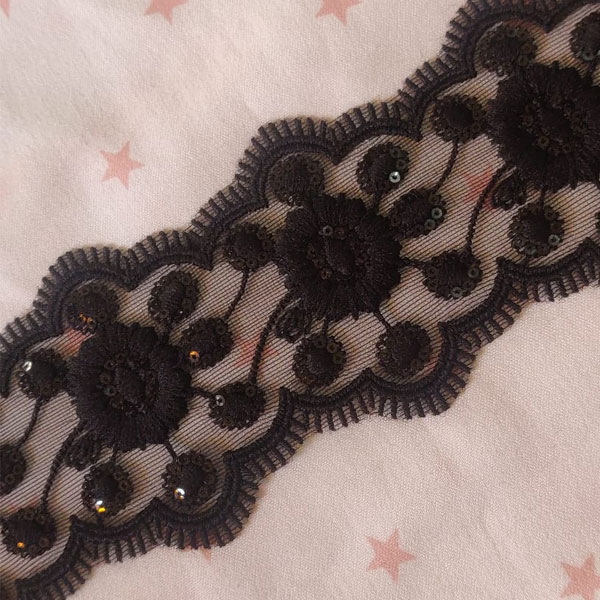
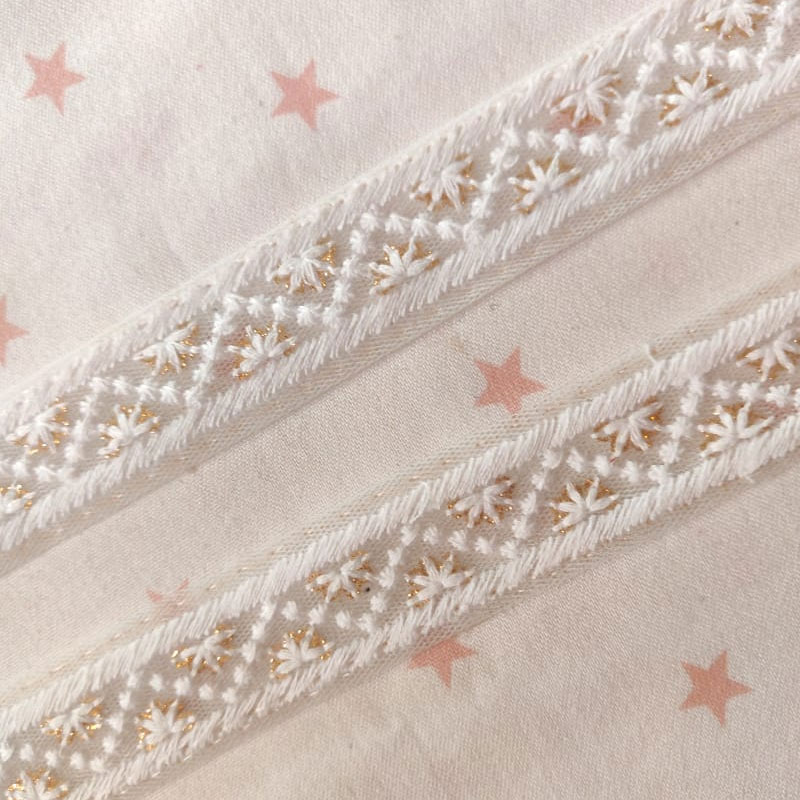
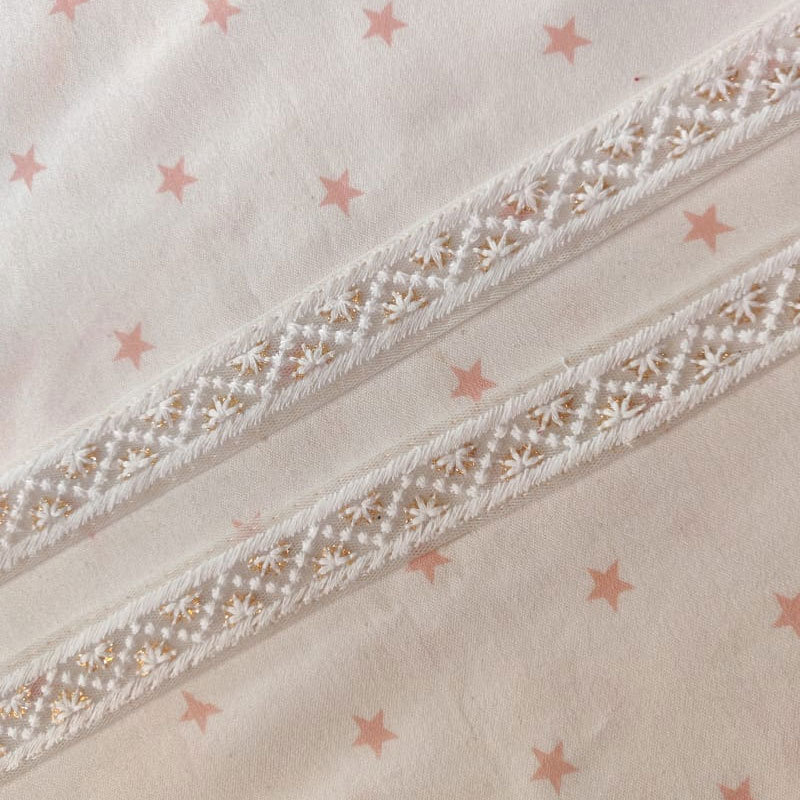
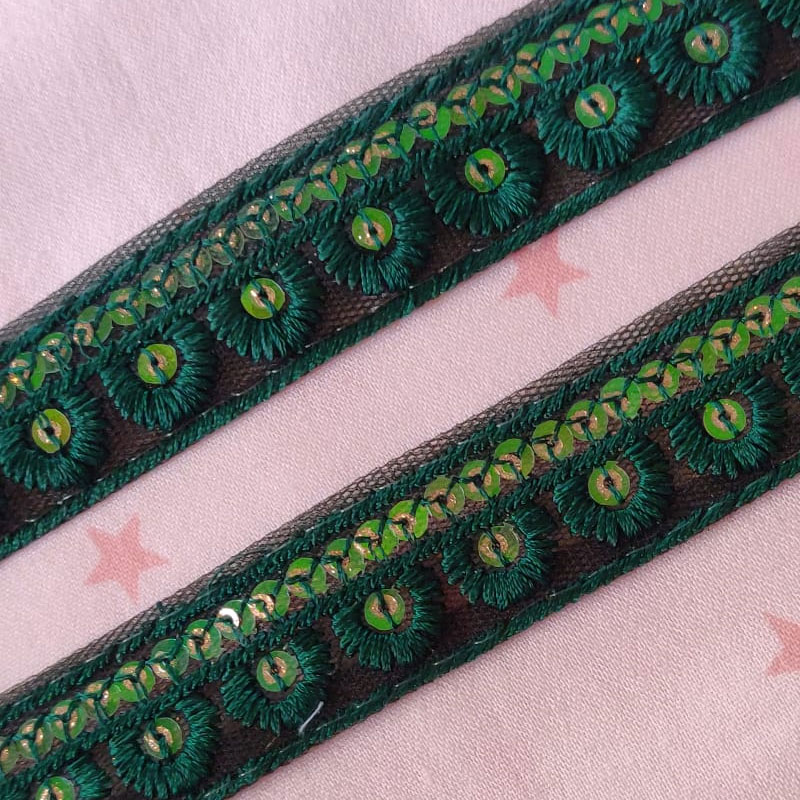
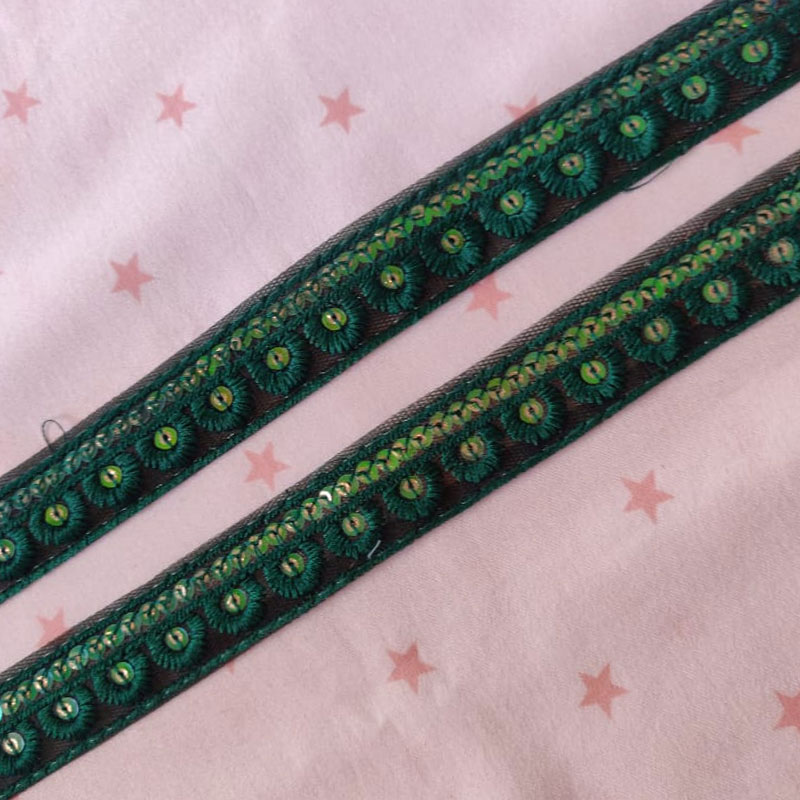
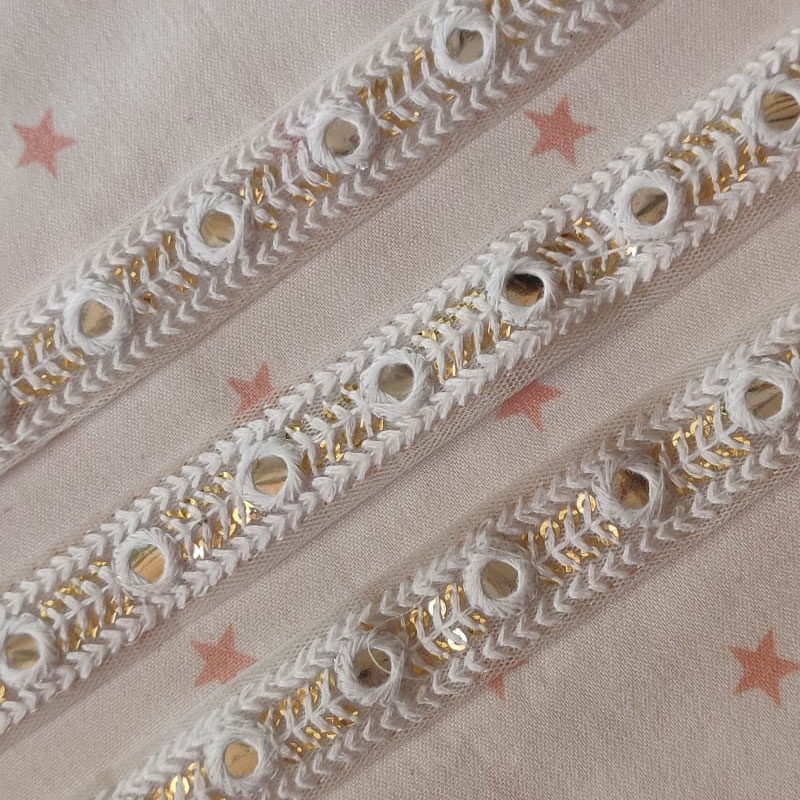
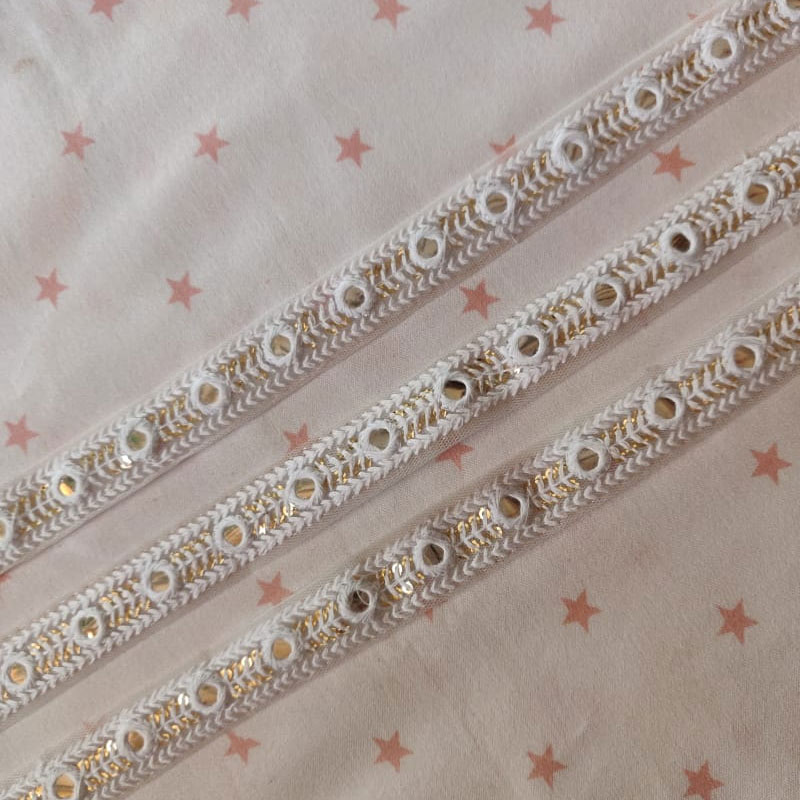
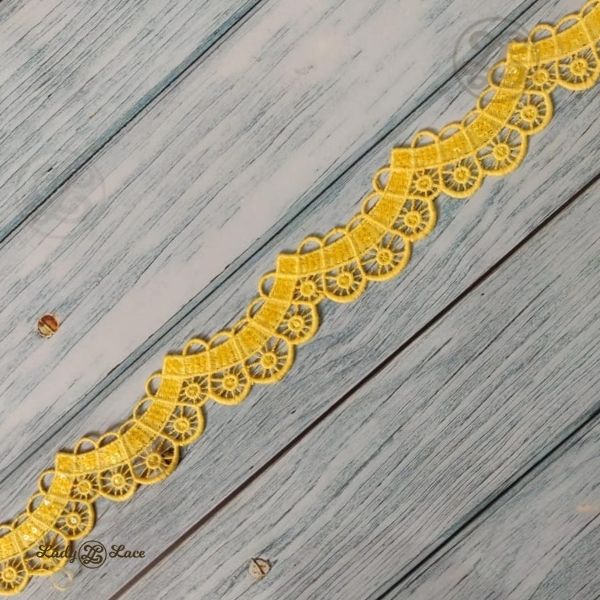
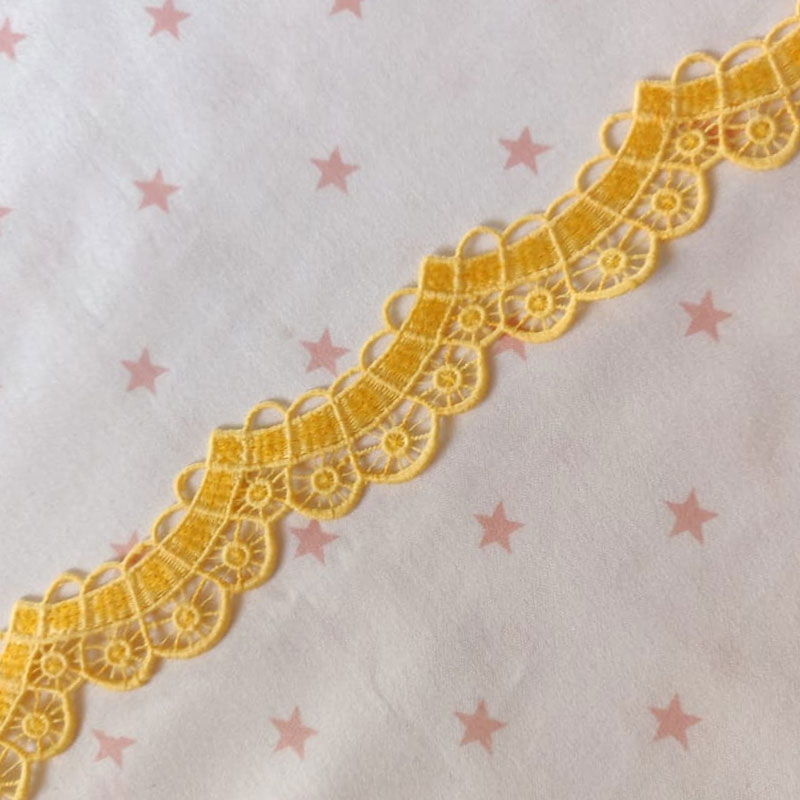
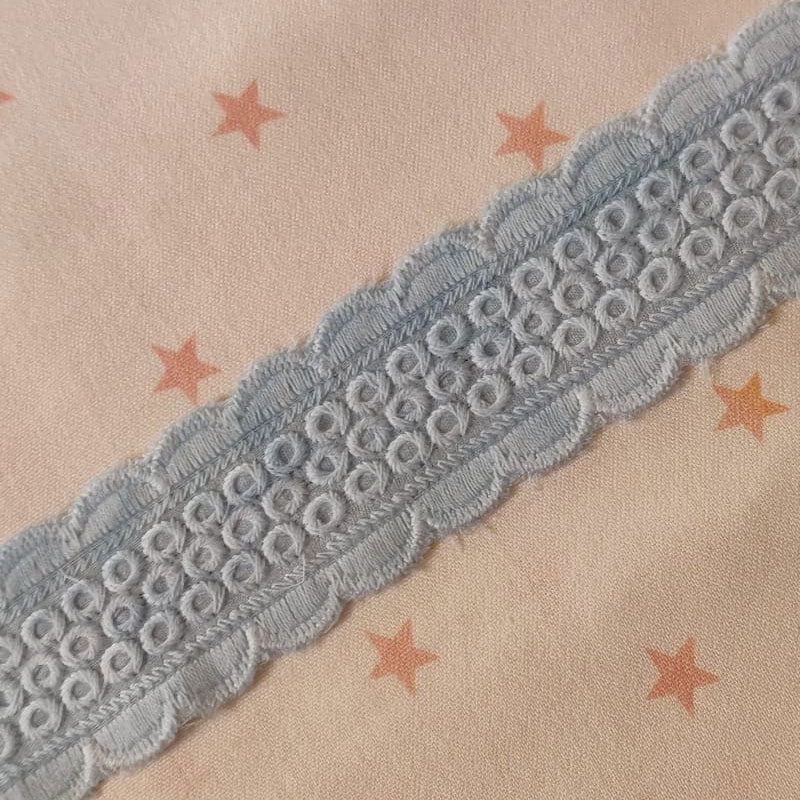
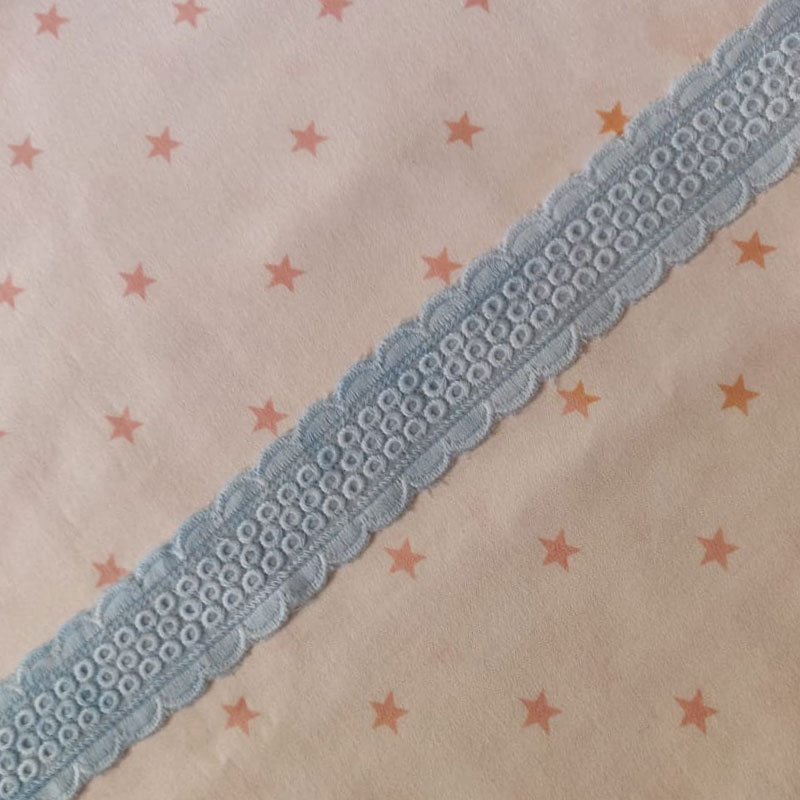
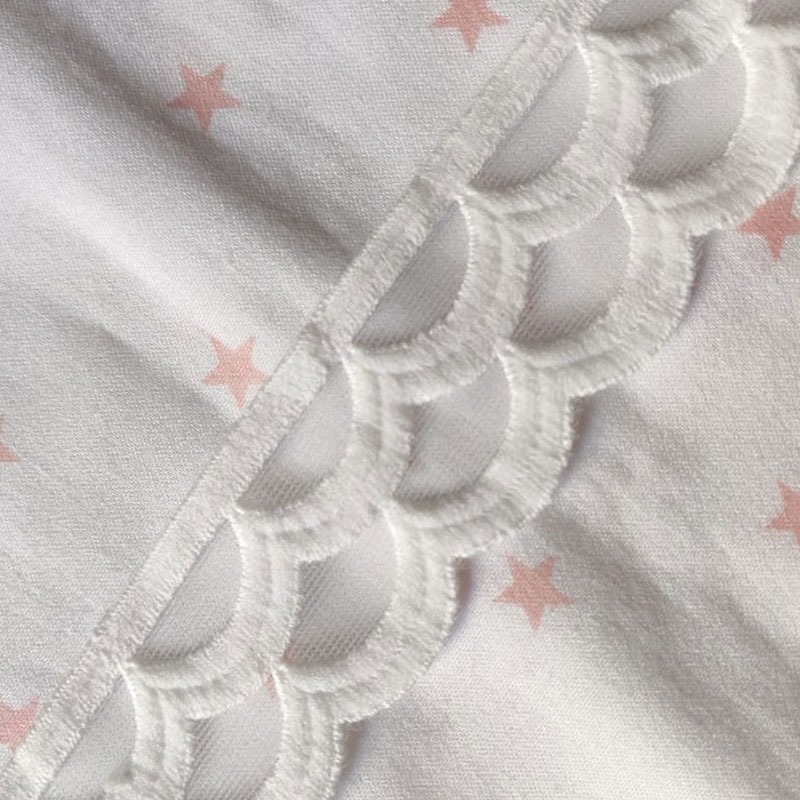
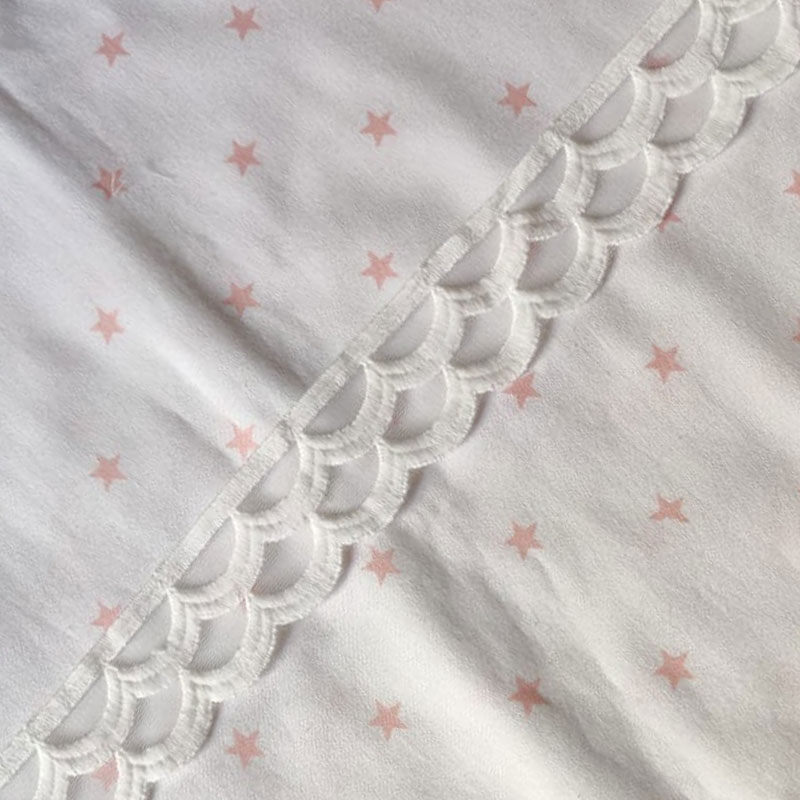
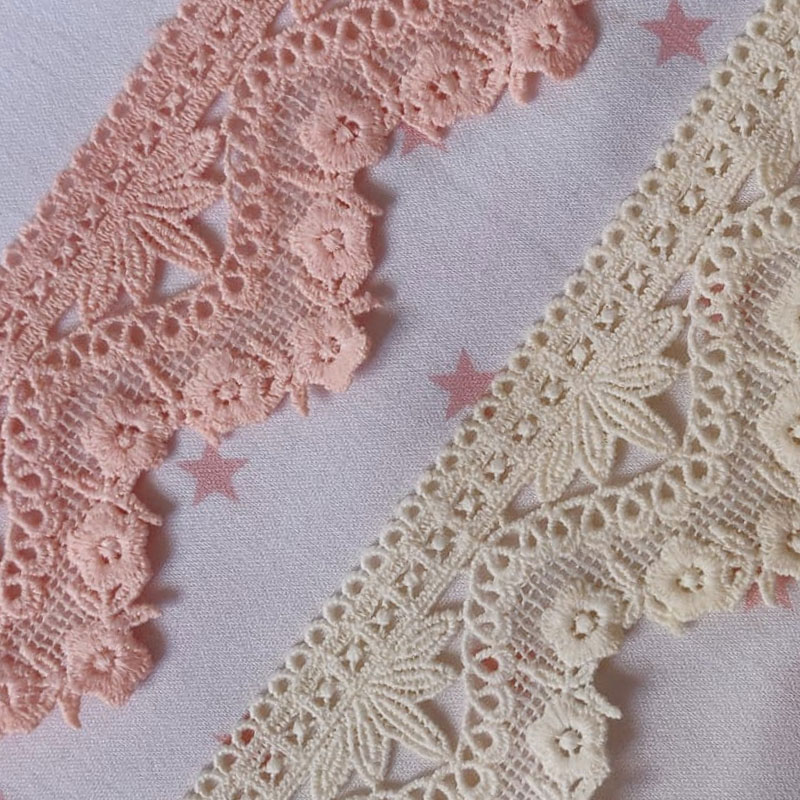
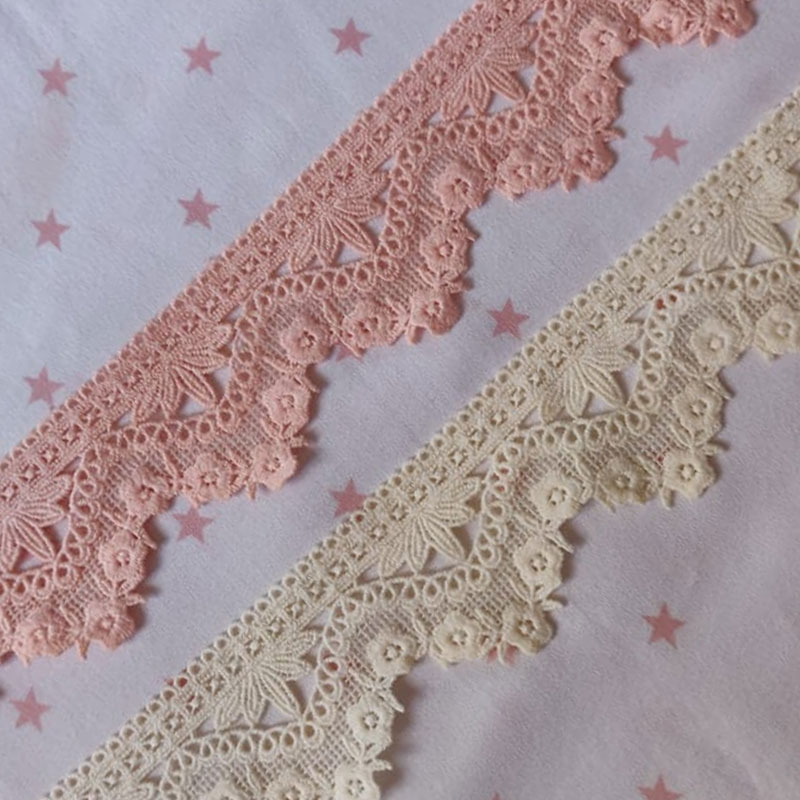
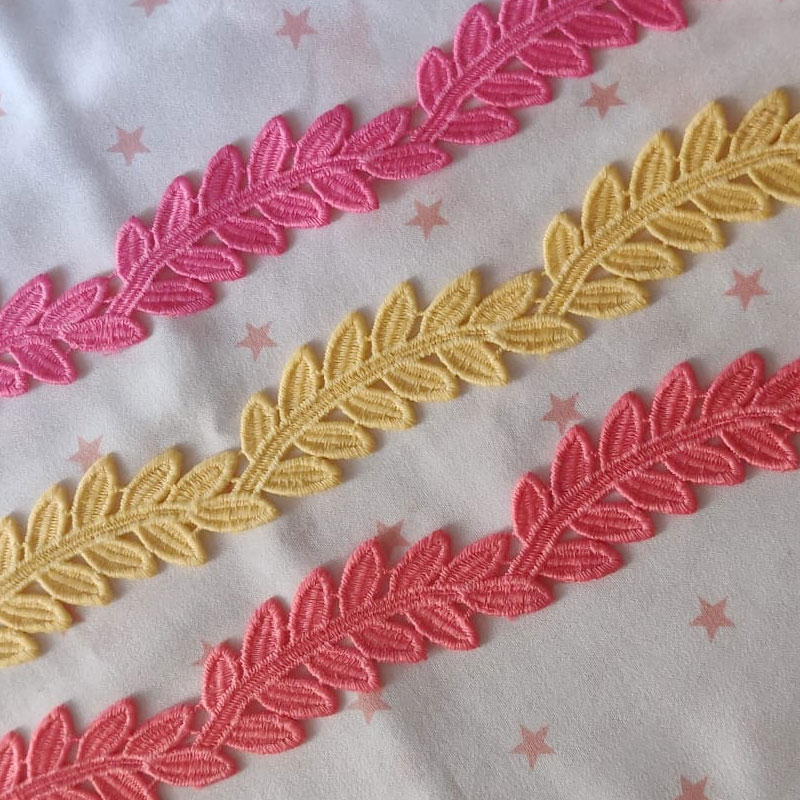
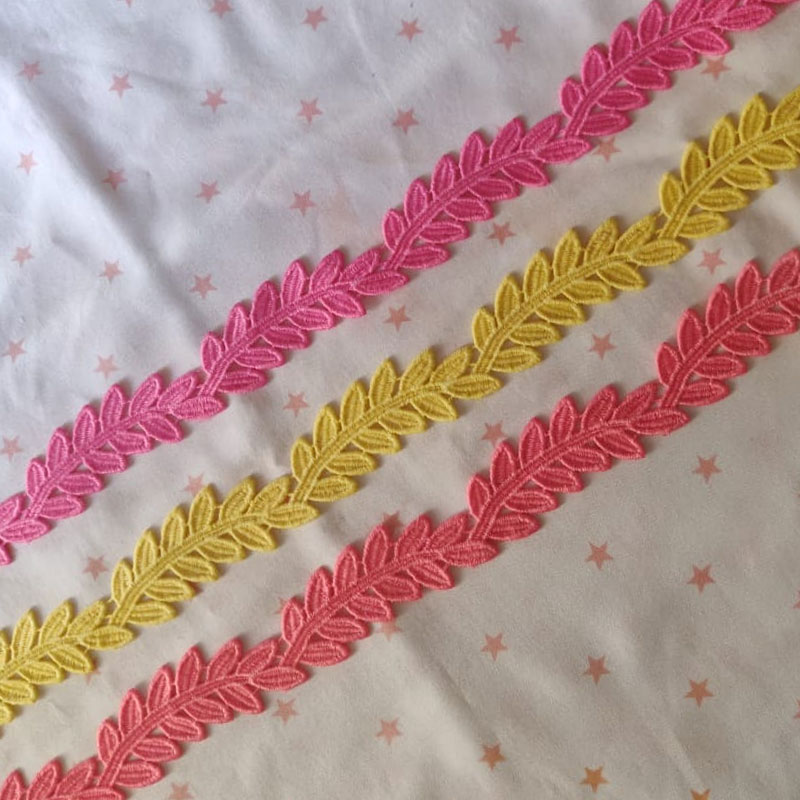
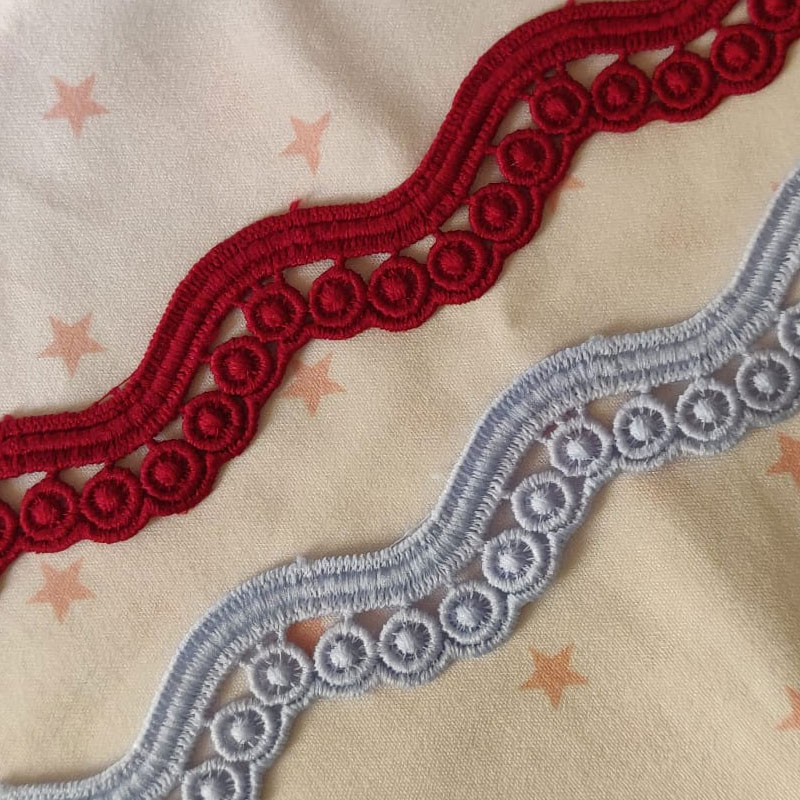
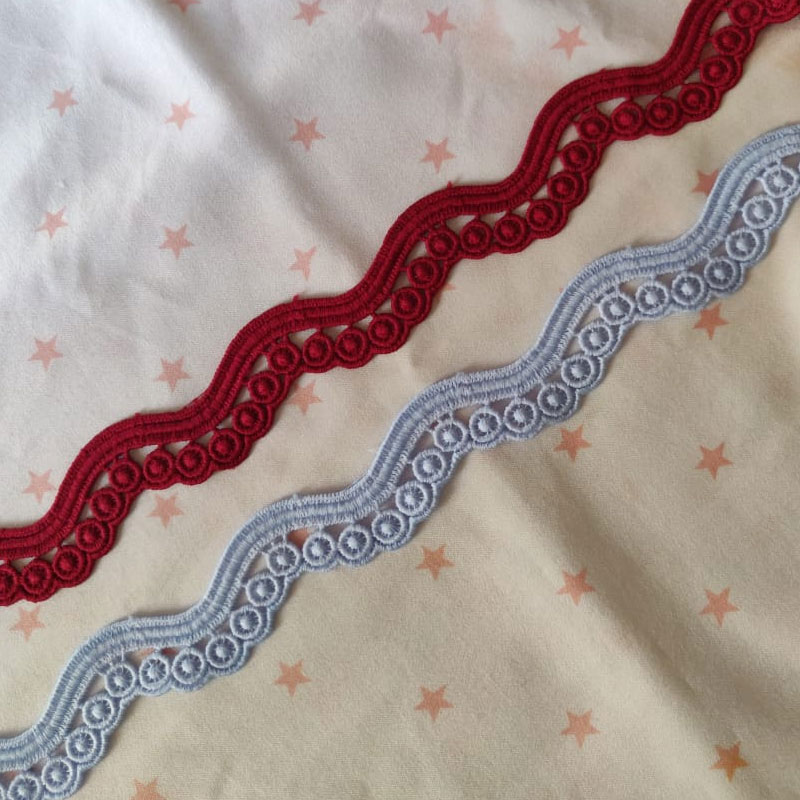
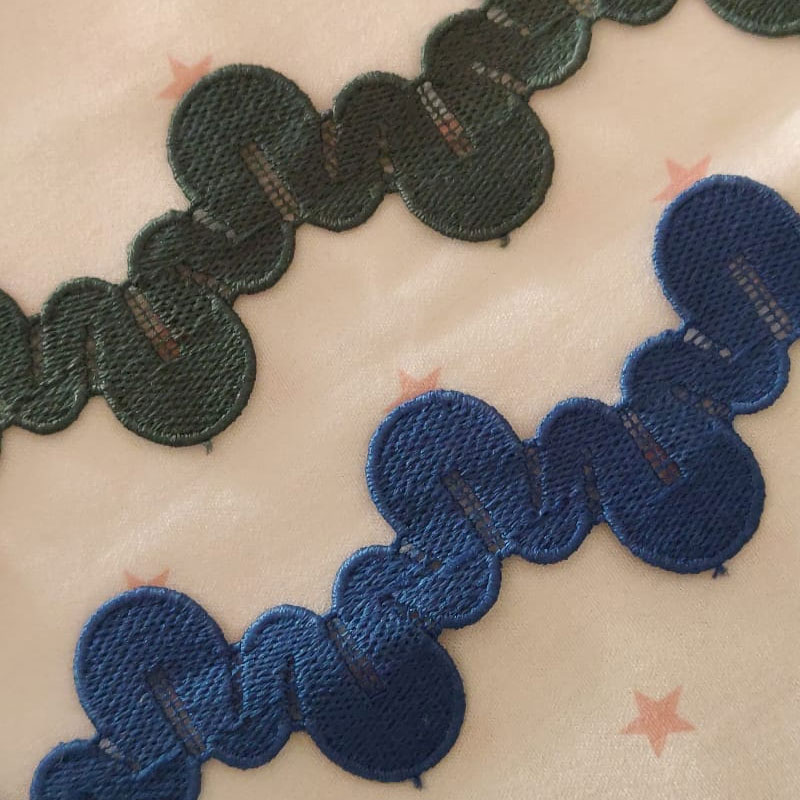
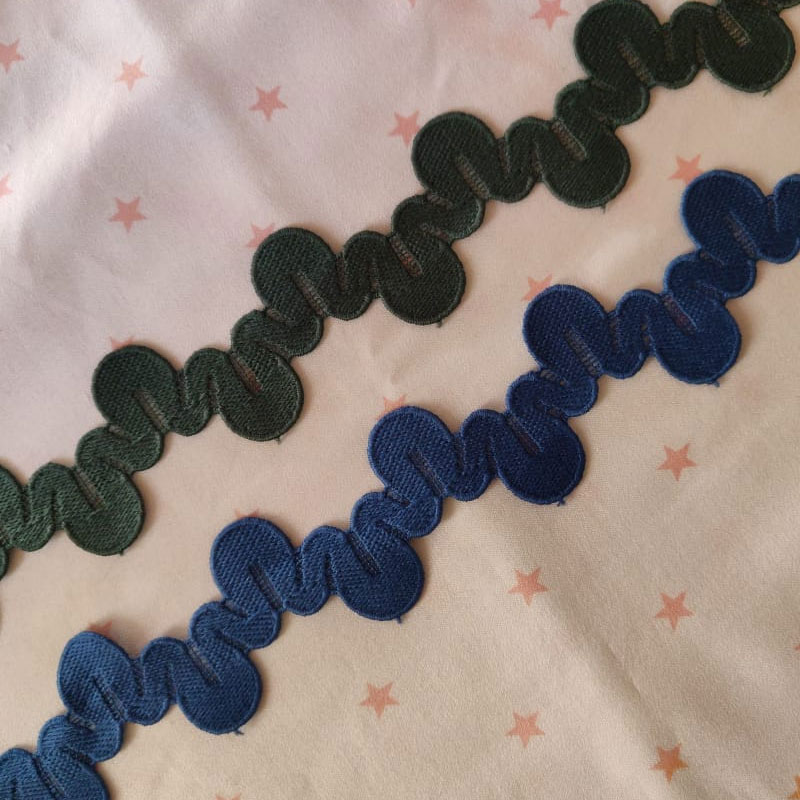
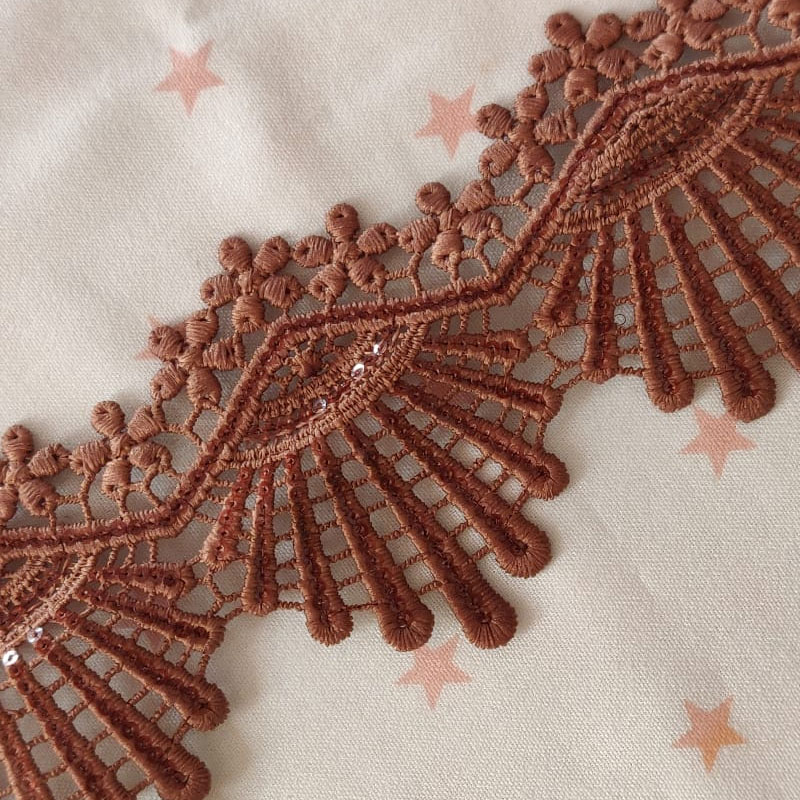
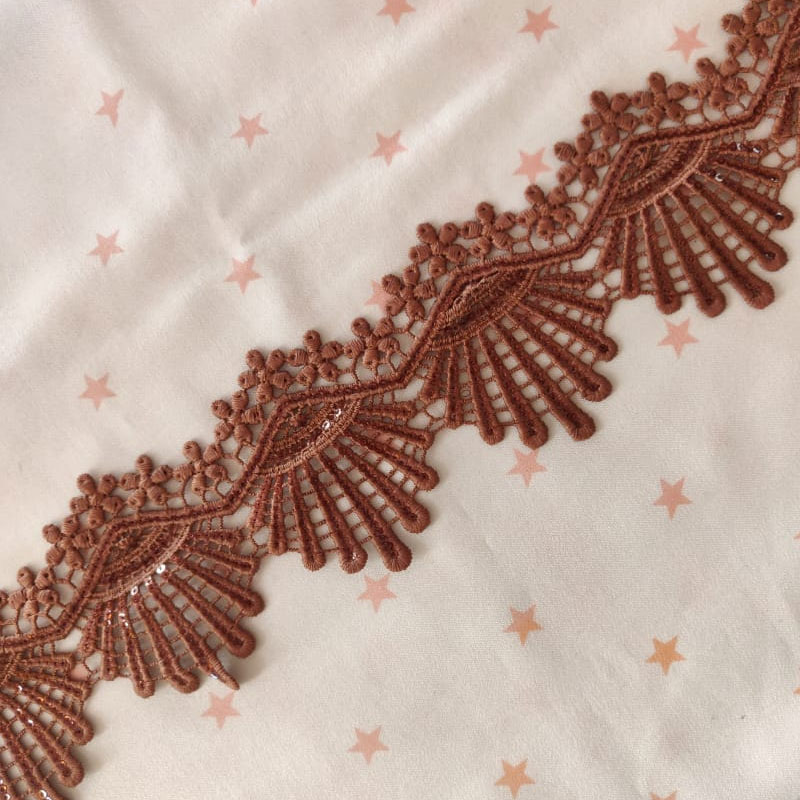
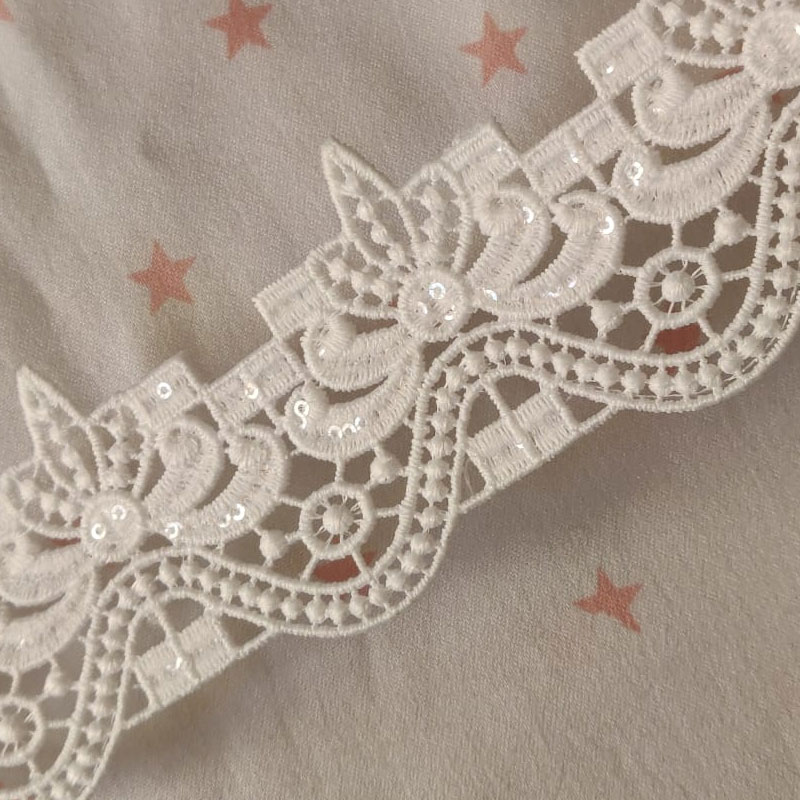
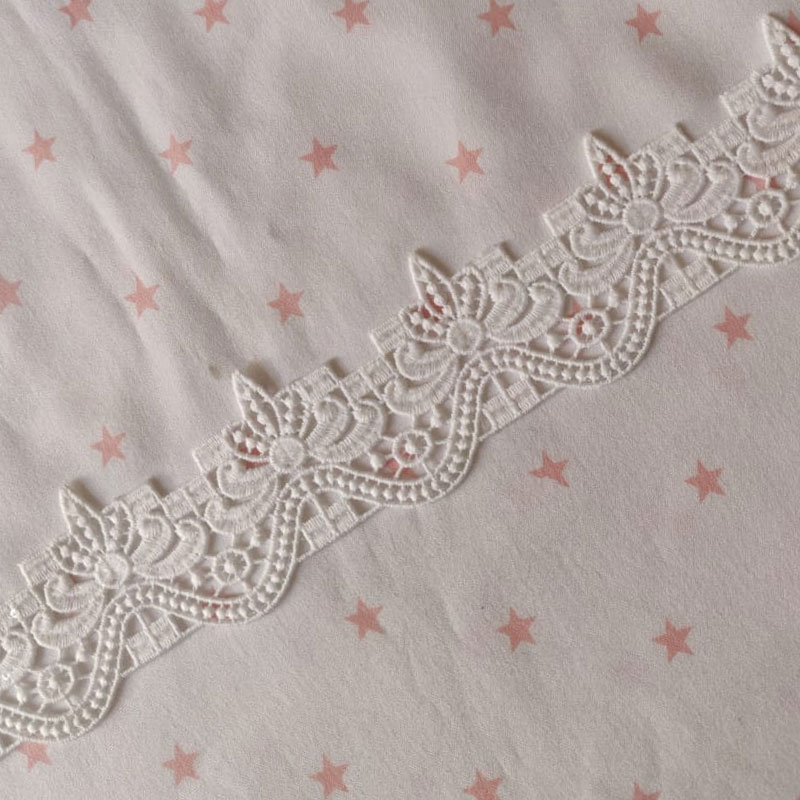
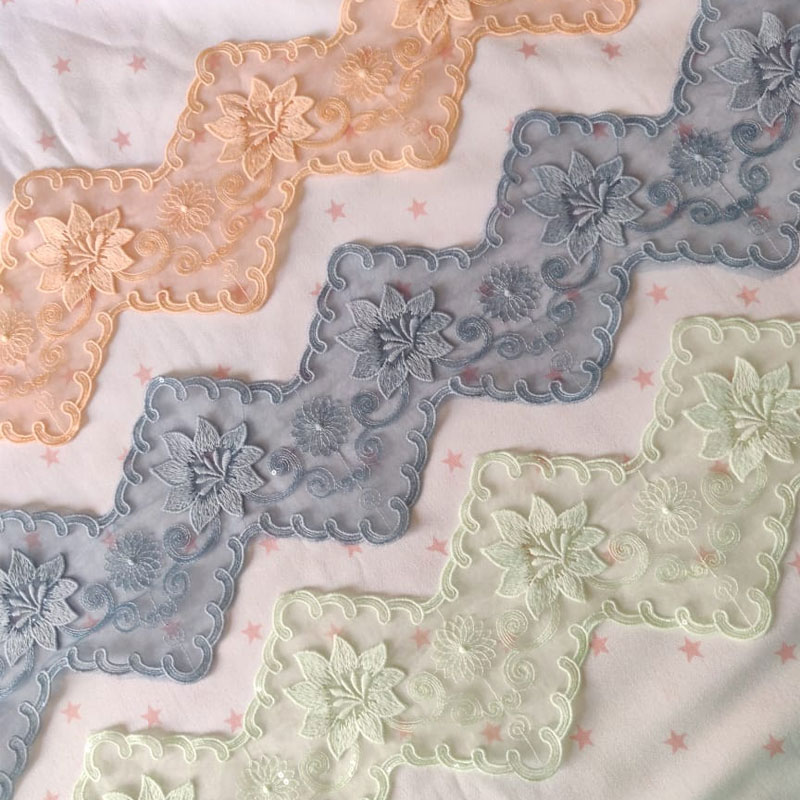
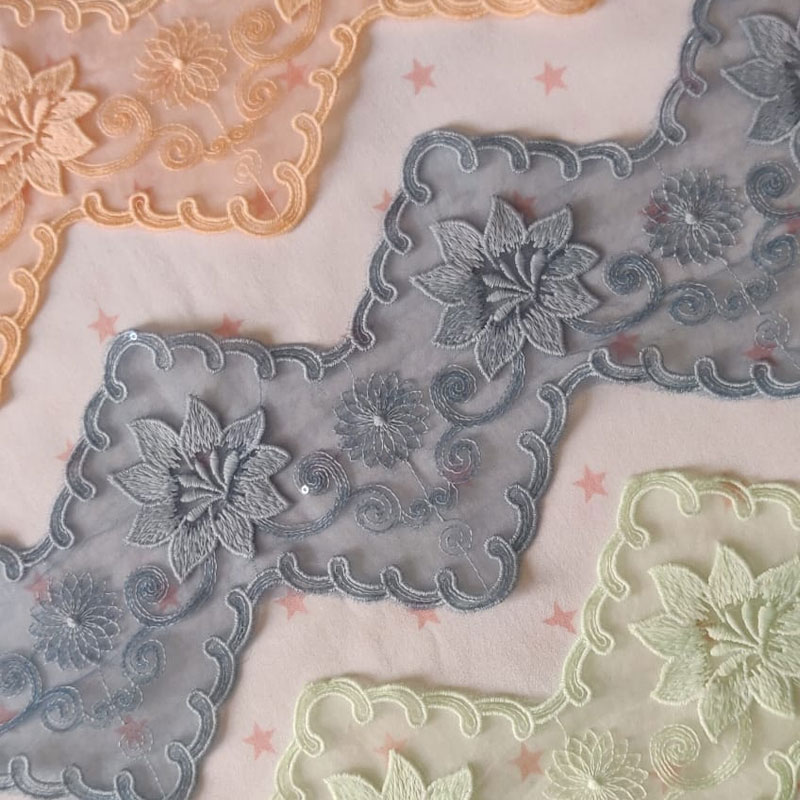
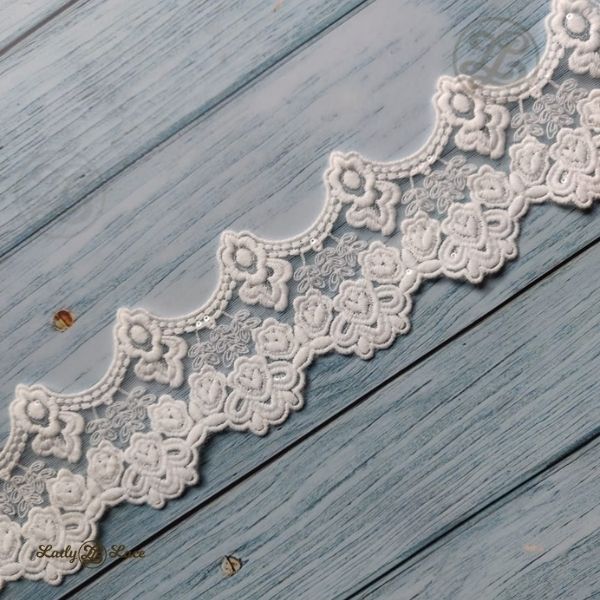
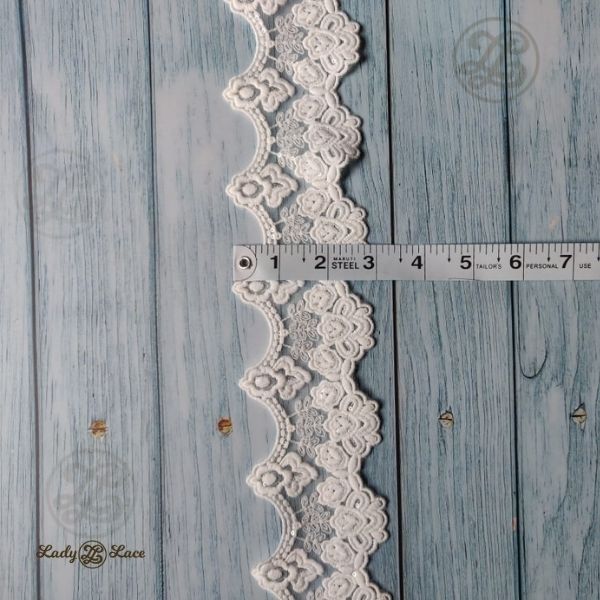
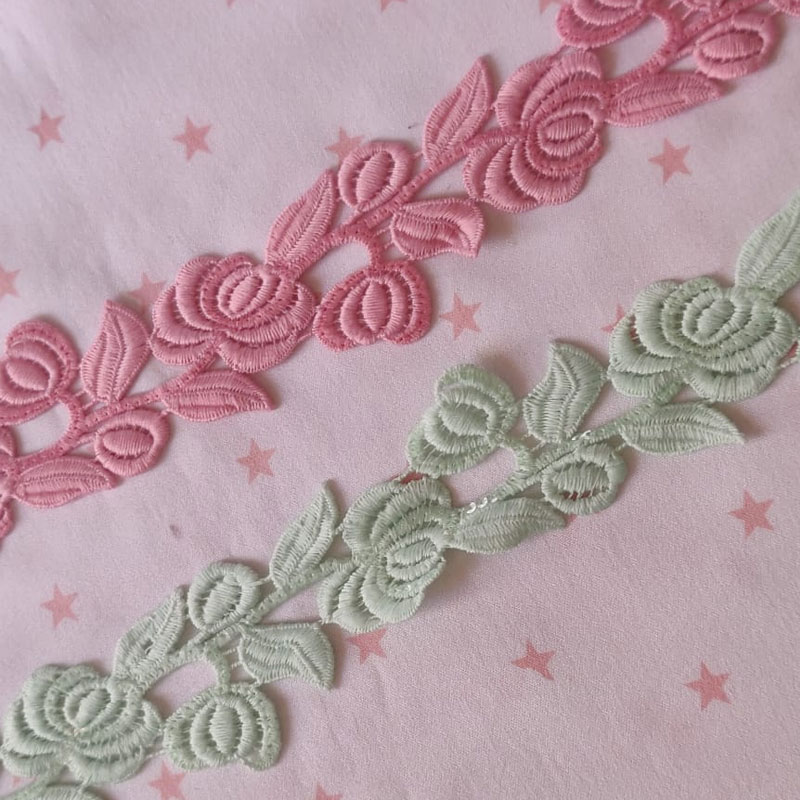
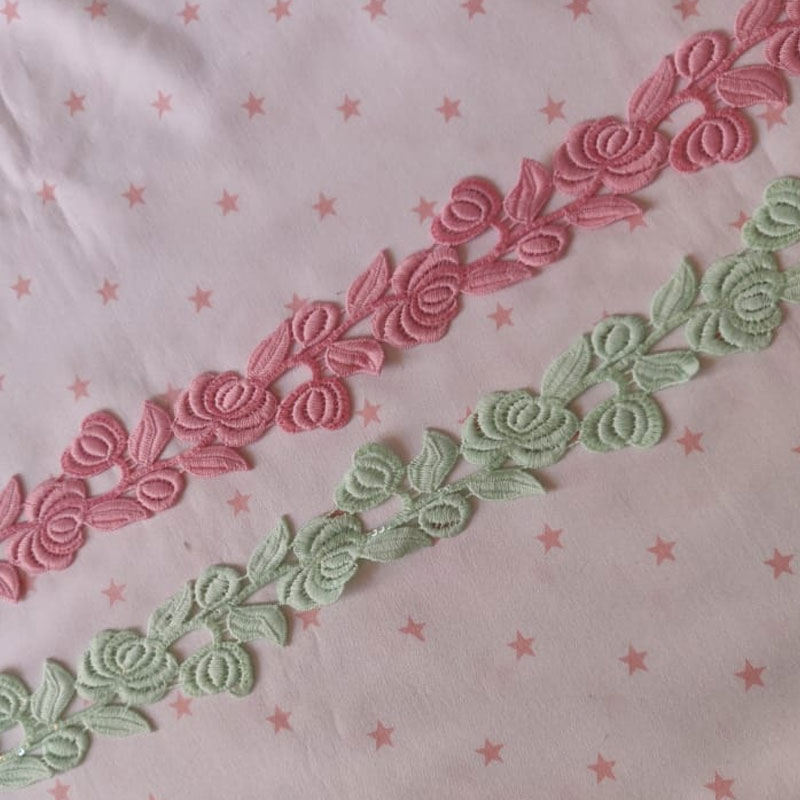
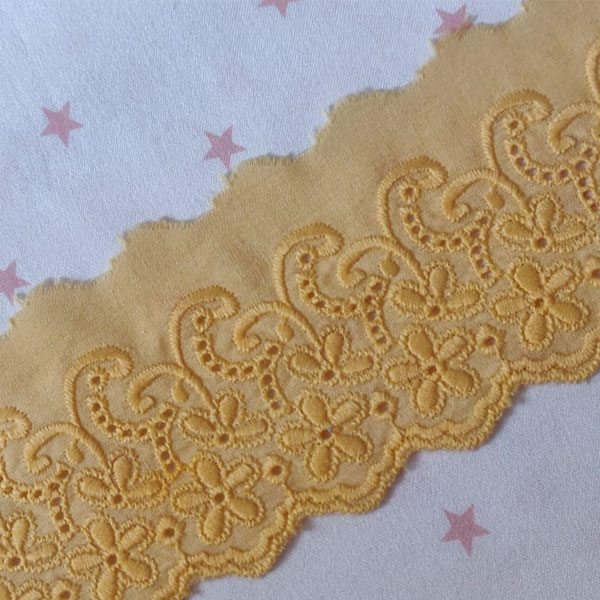
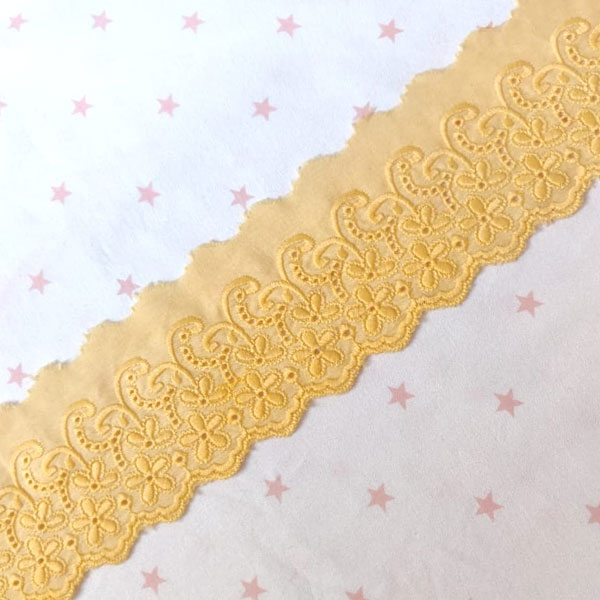
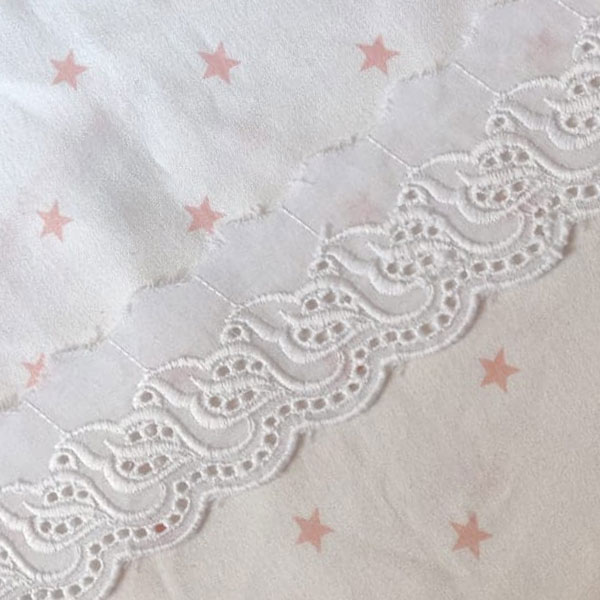
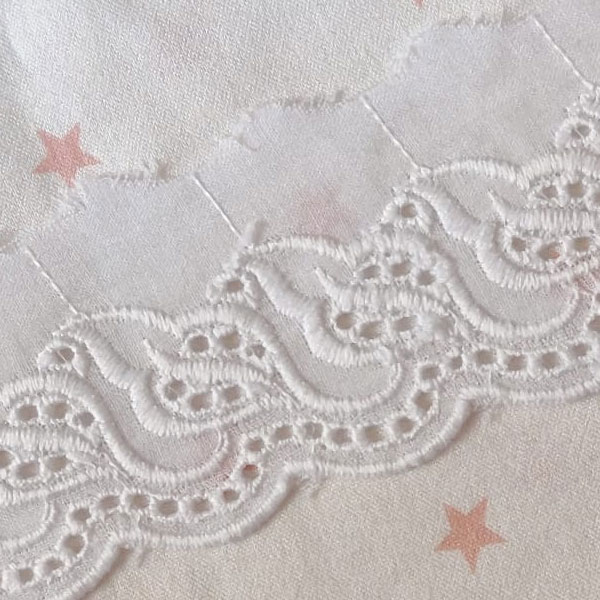
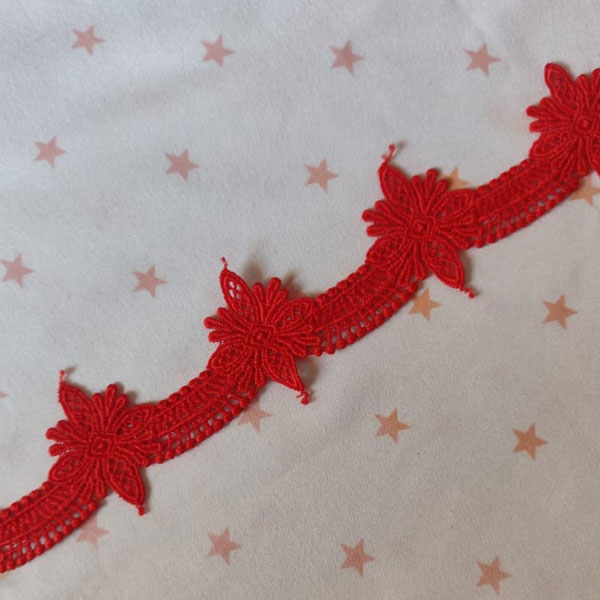
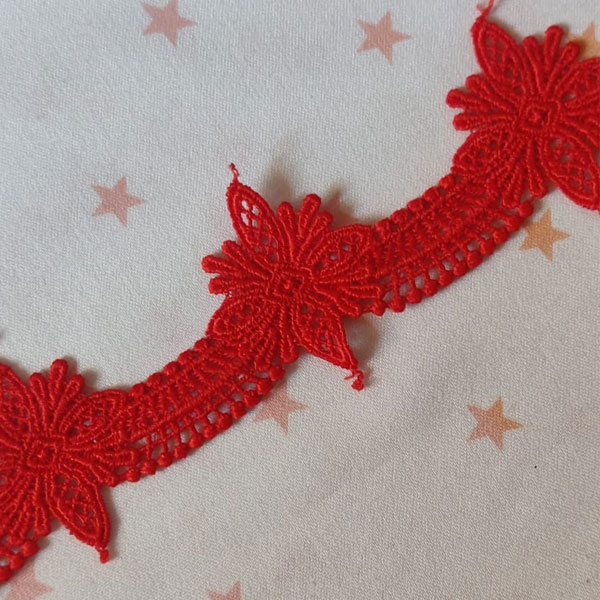
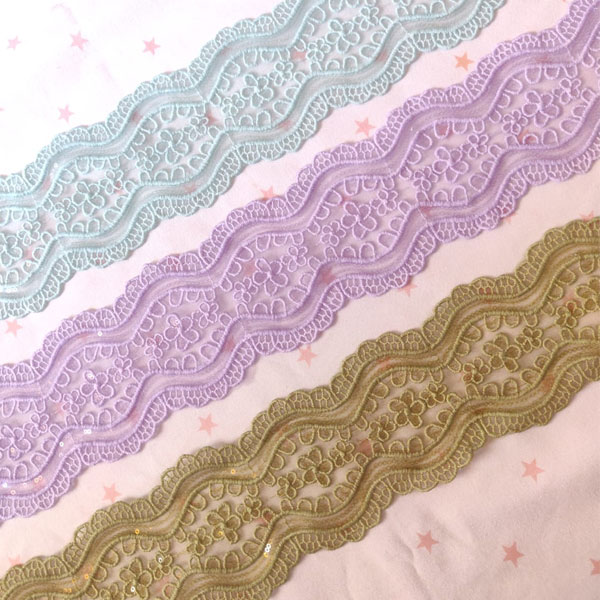
Leave a Reply